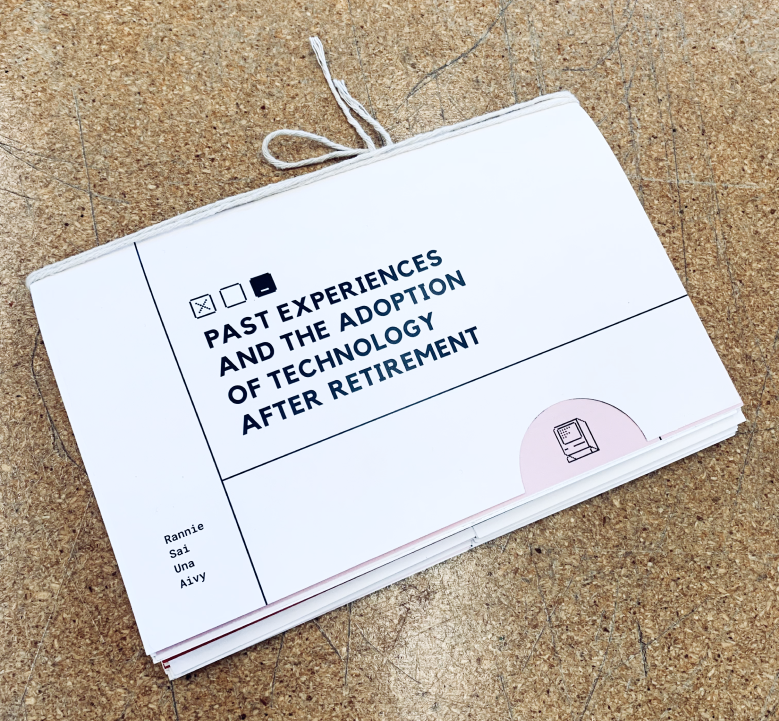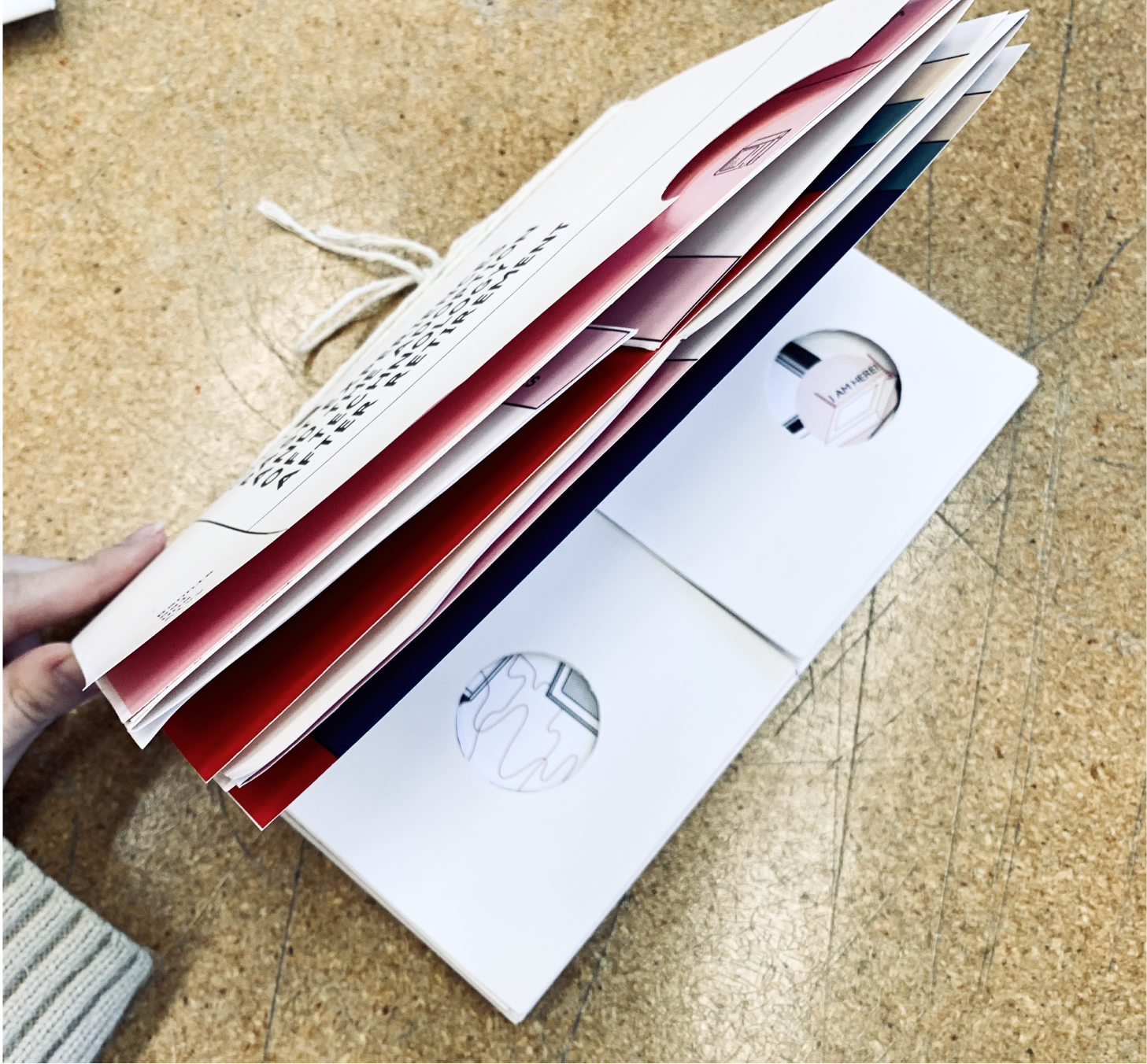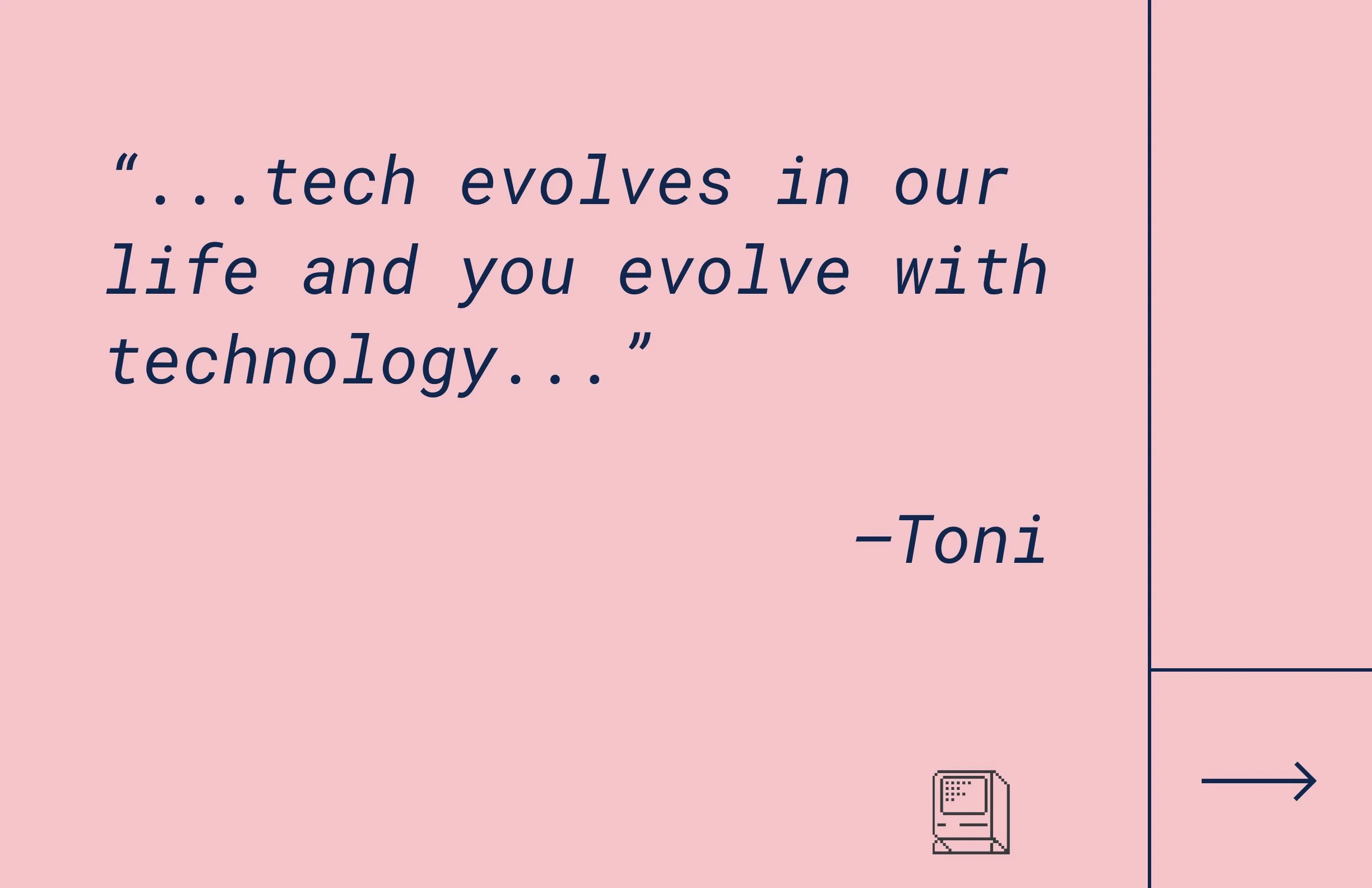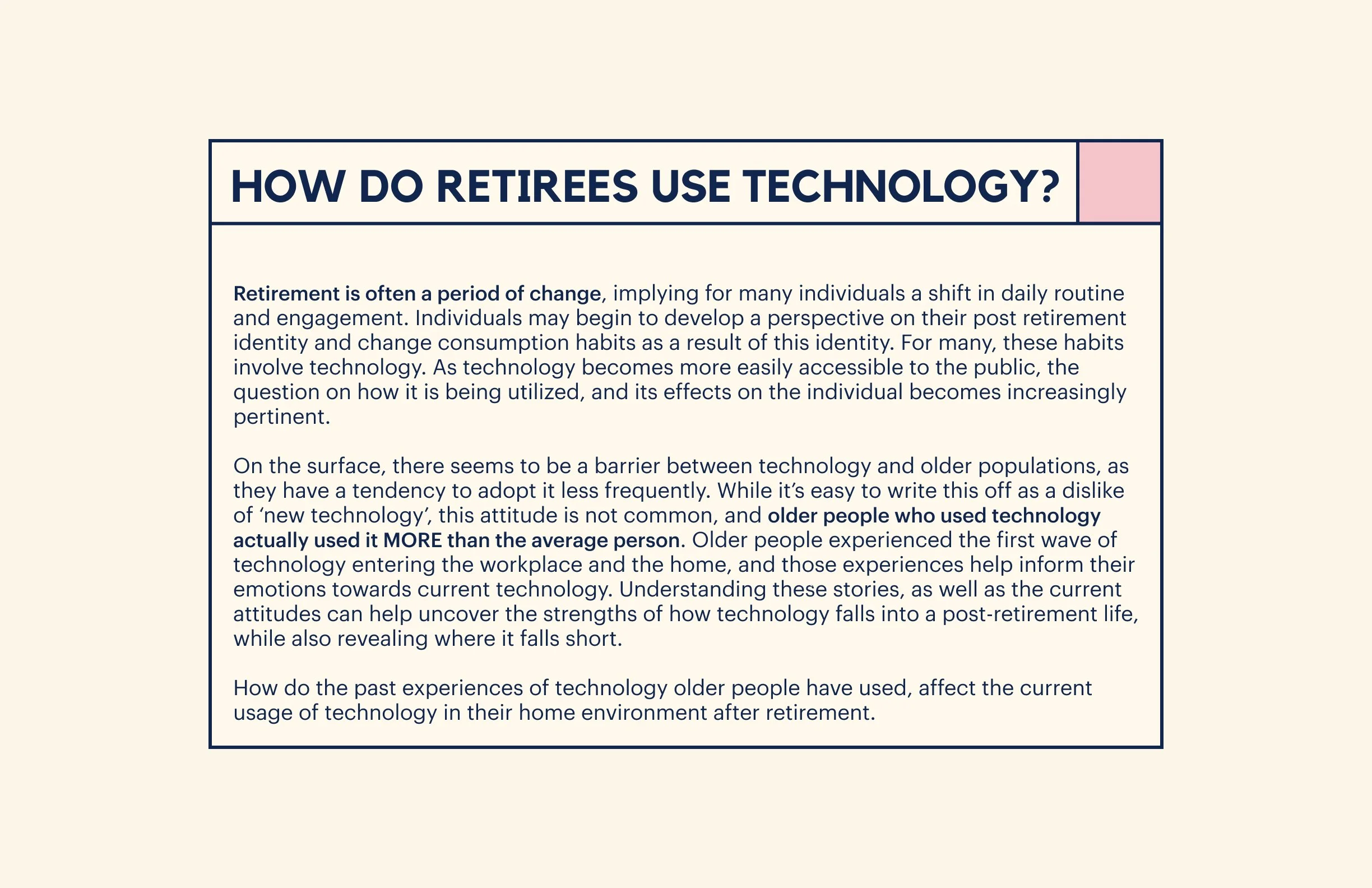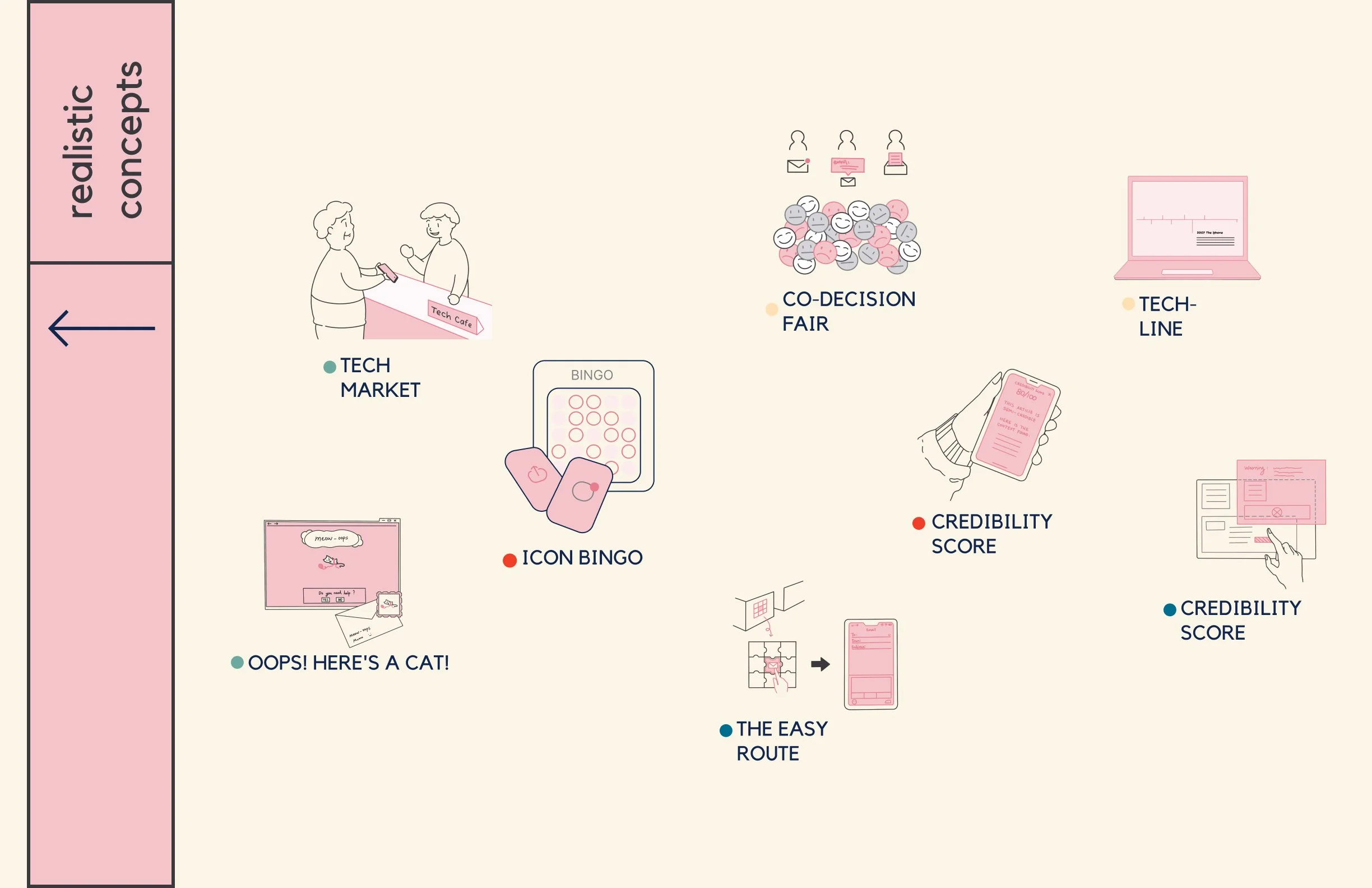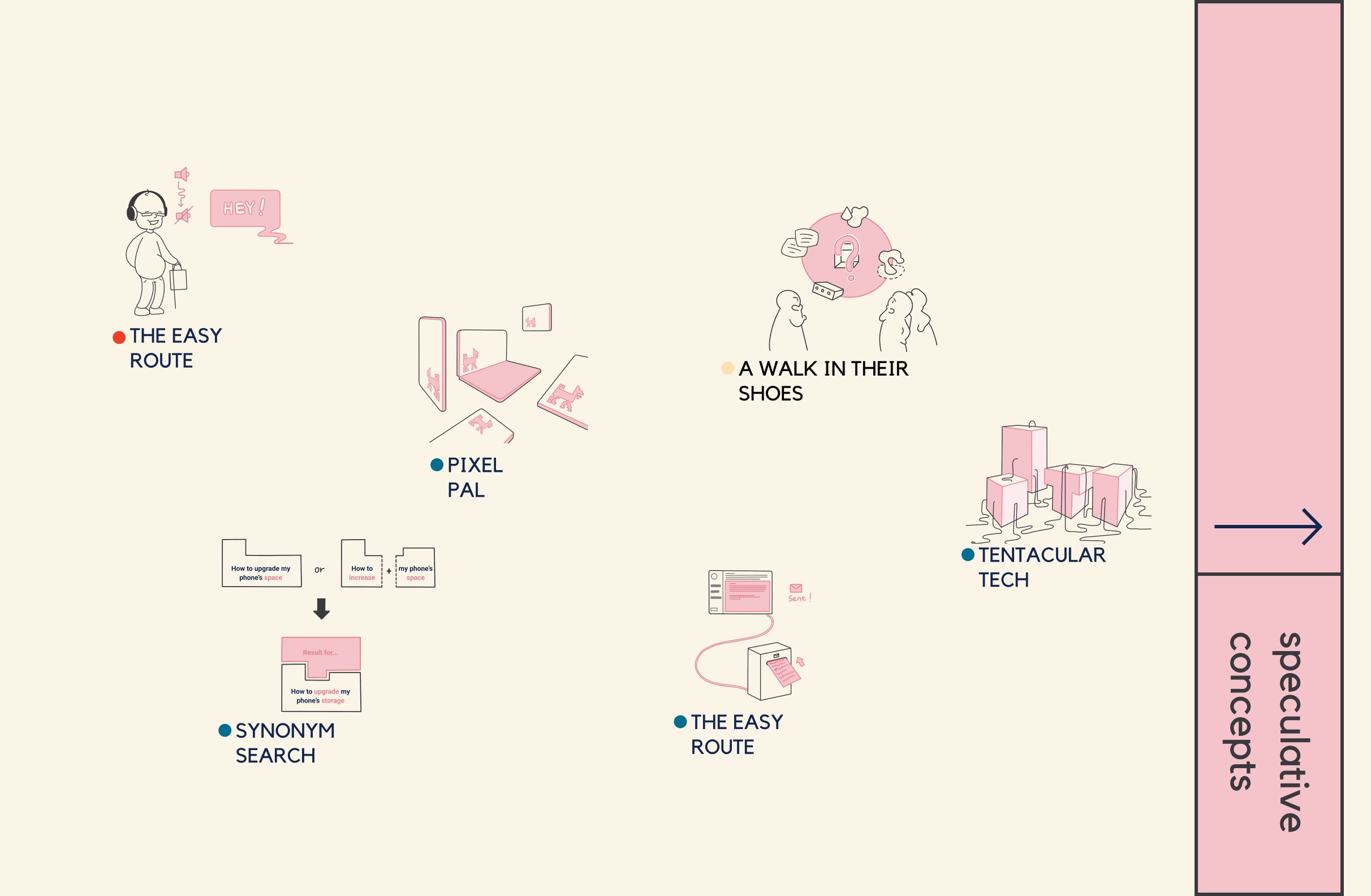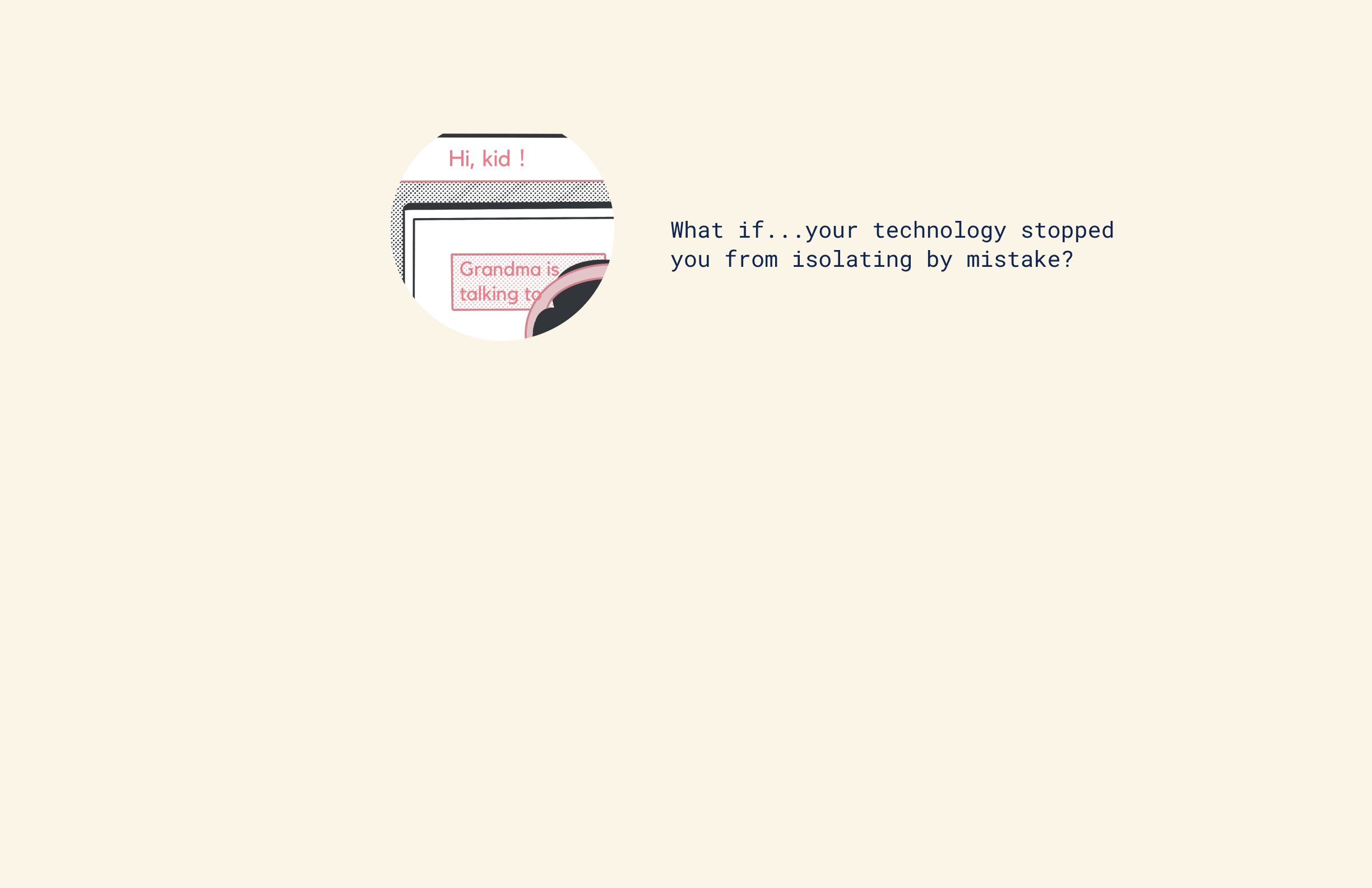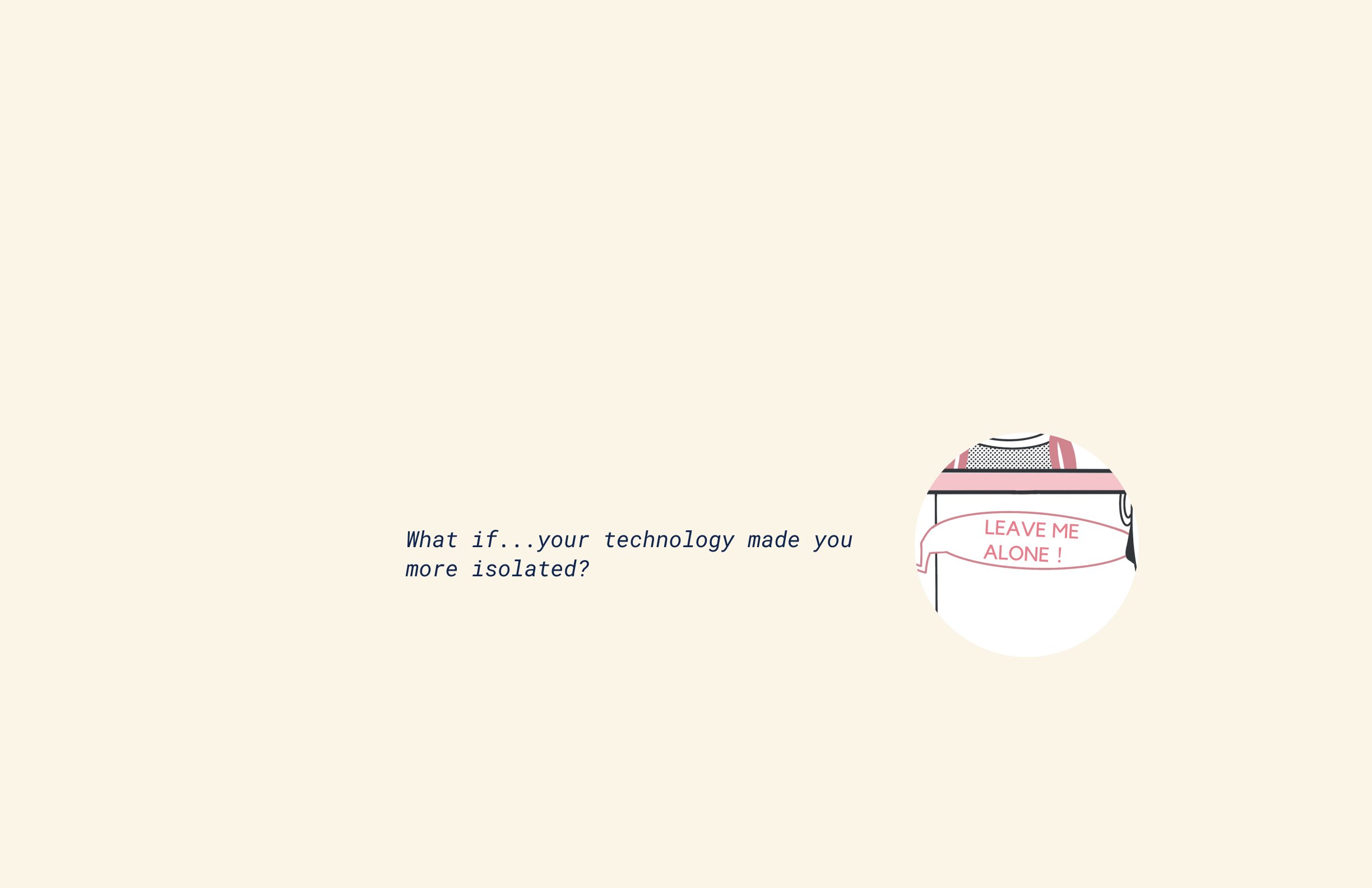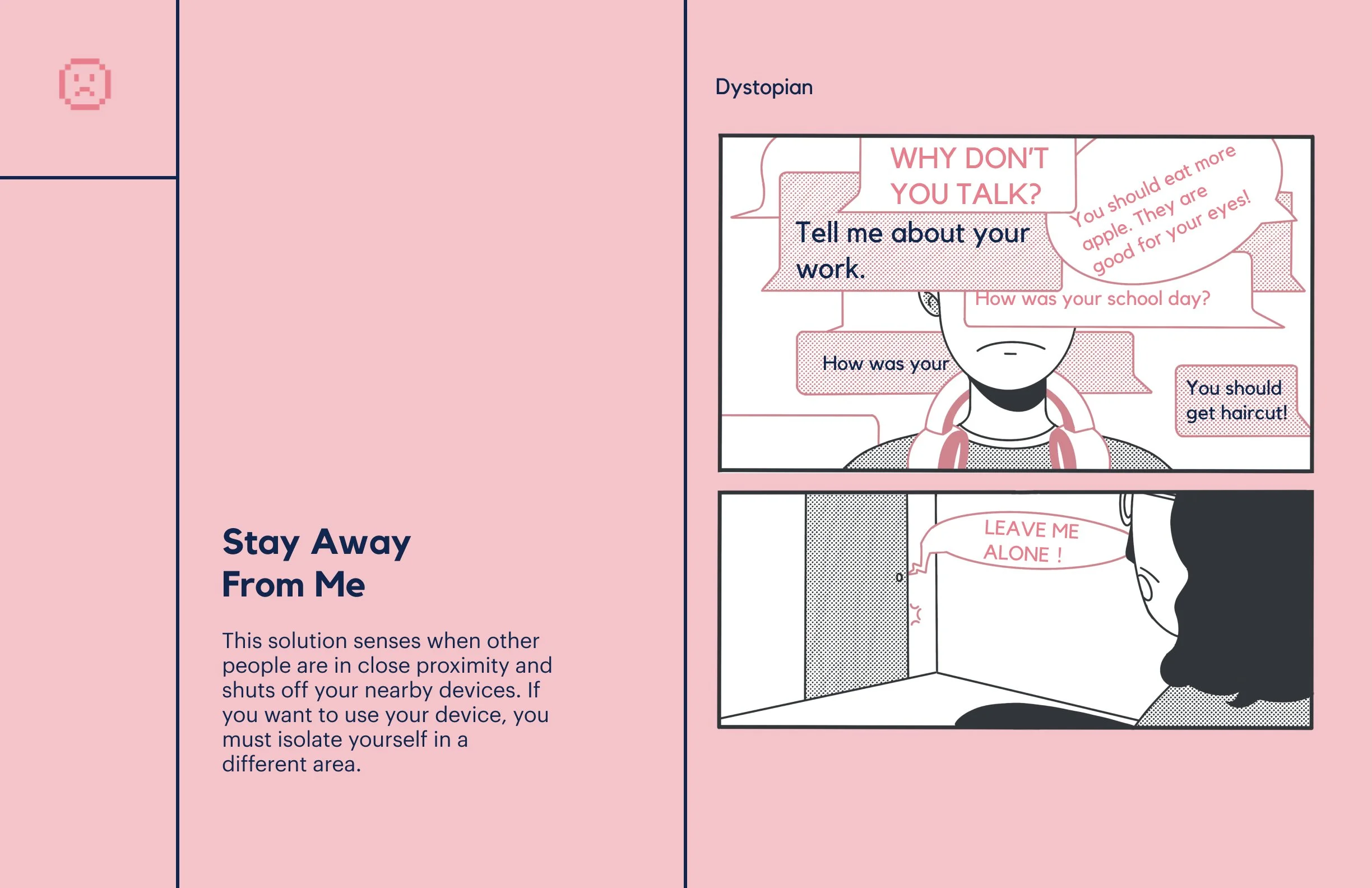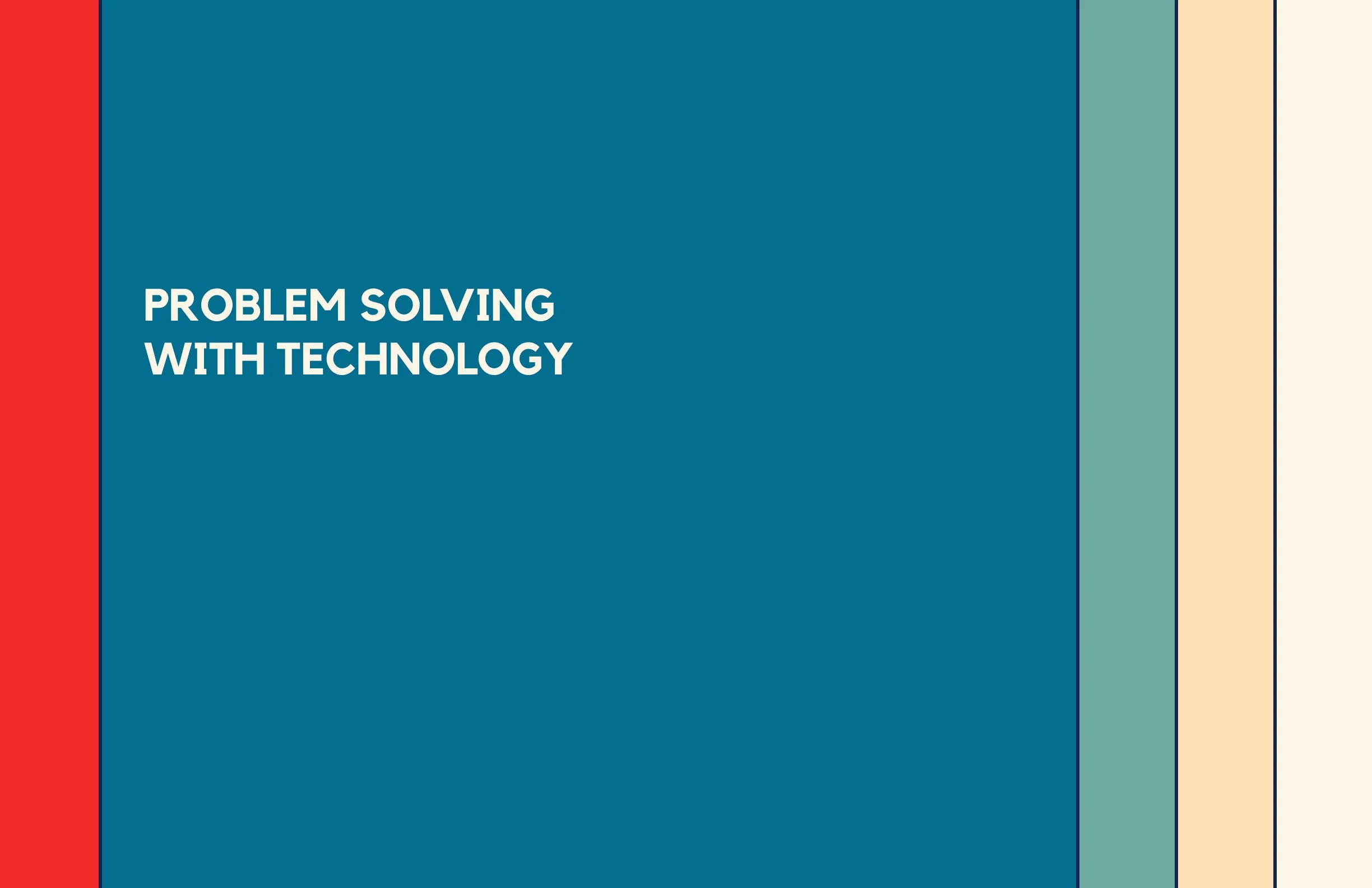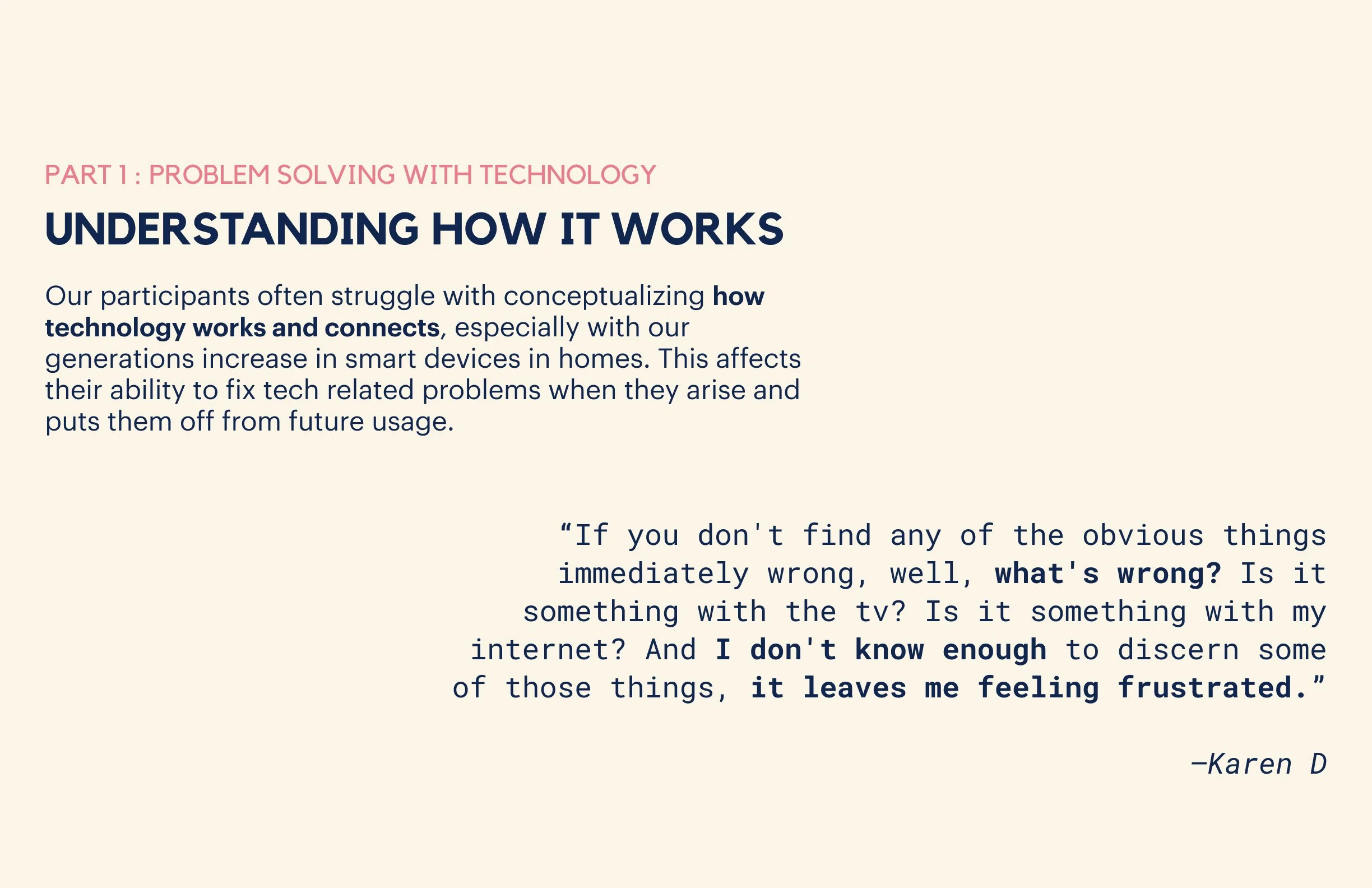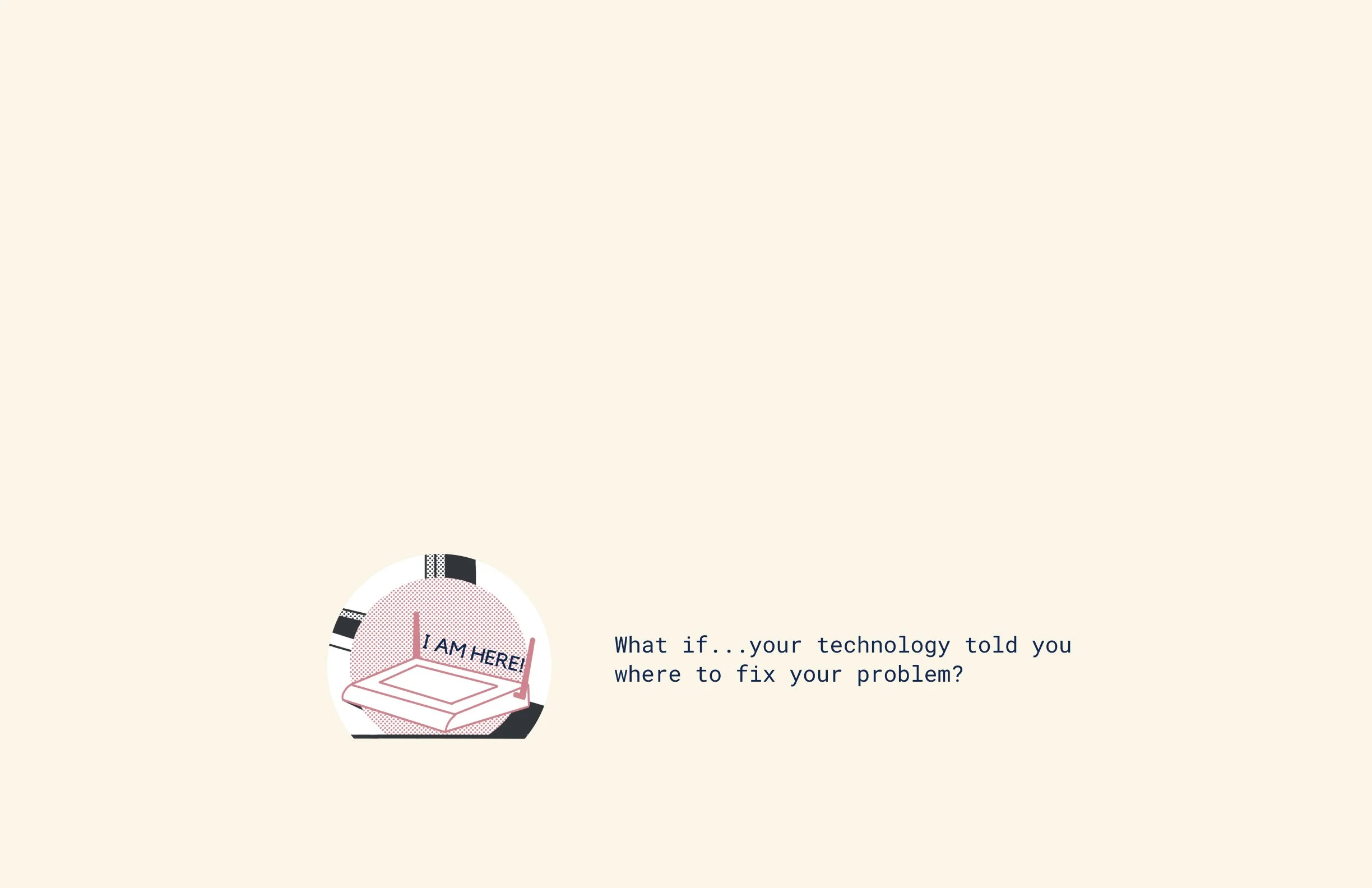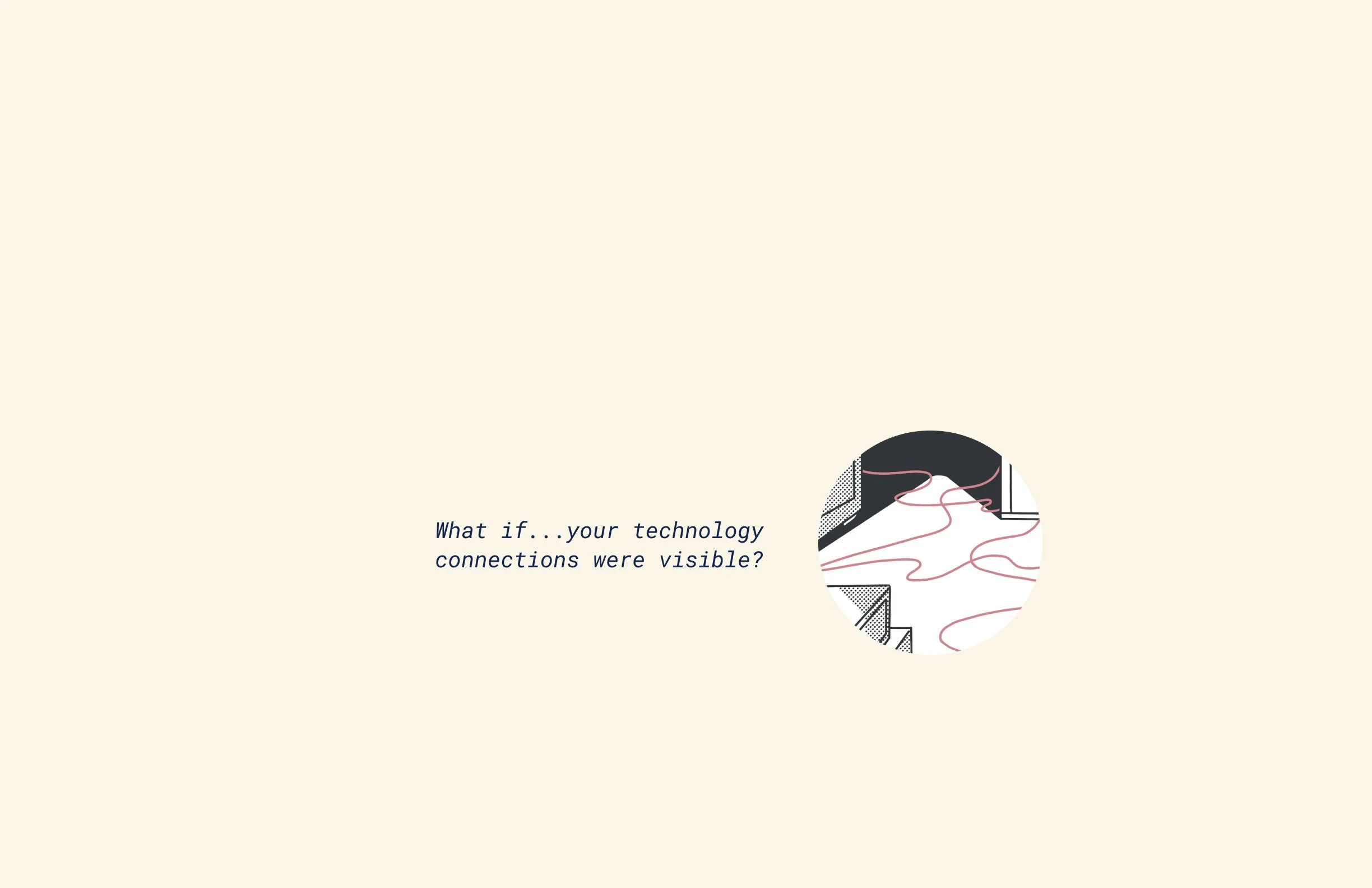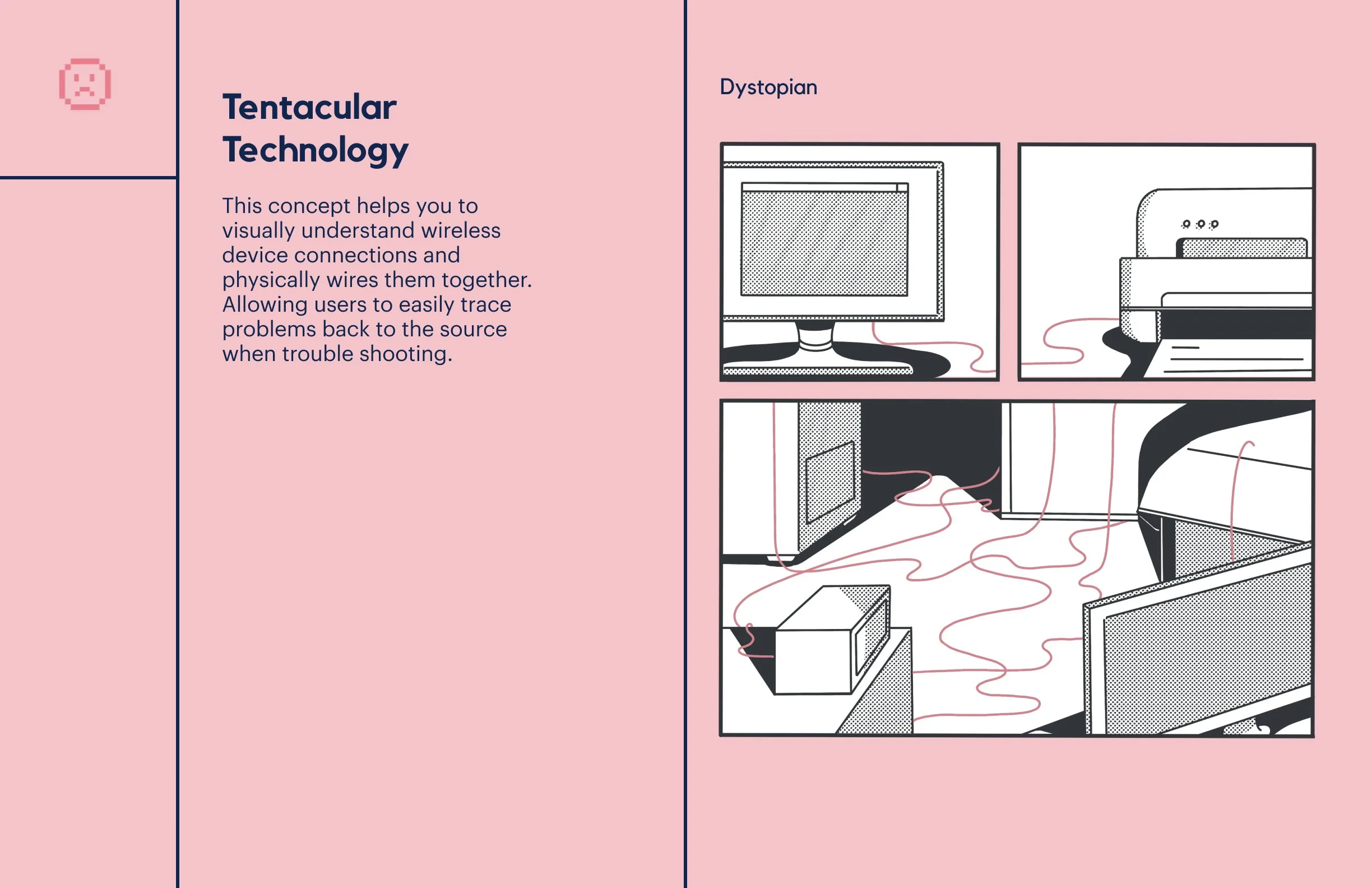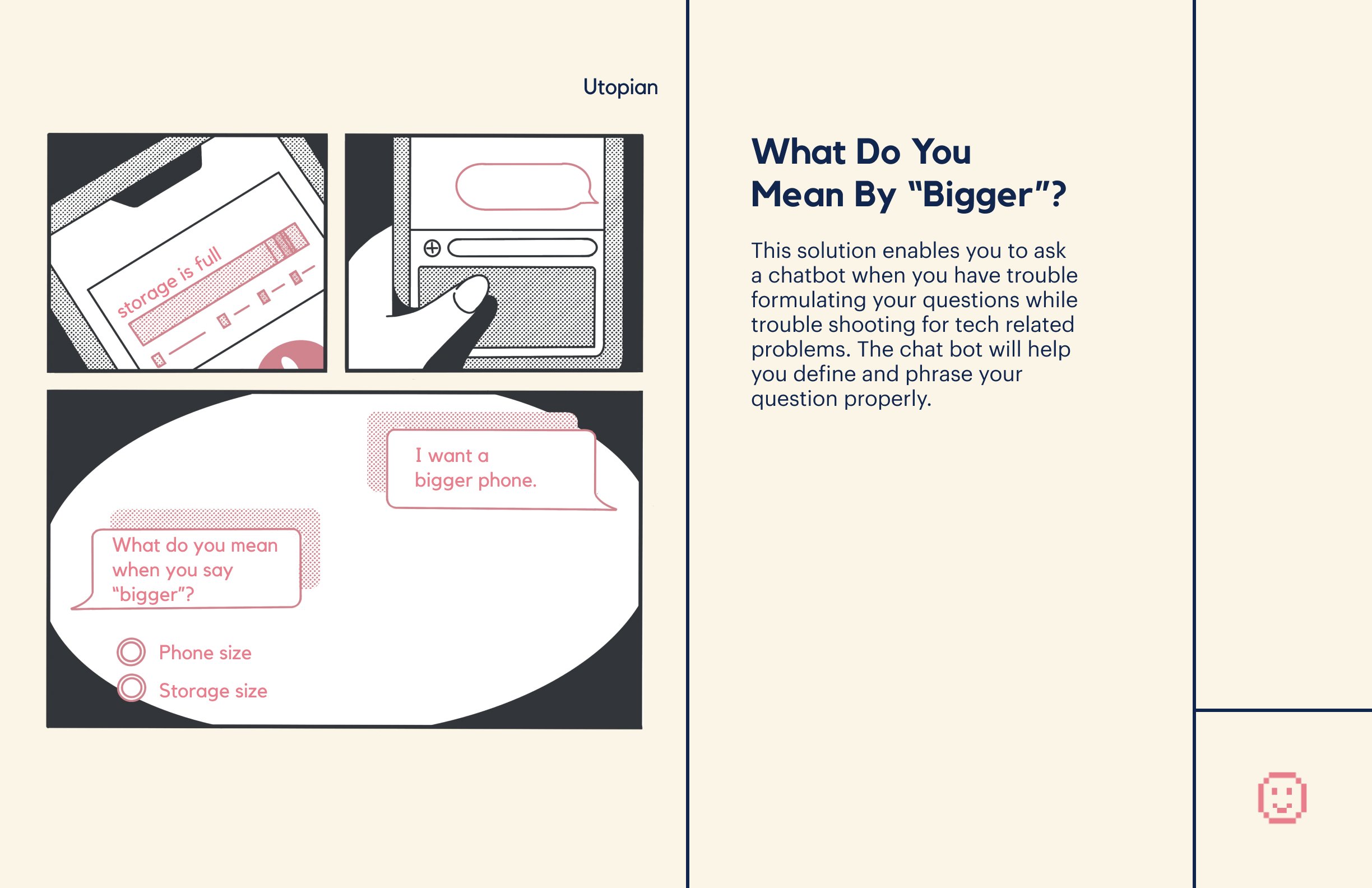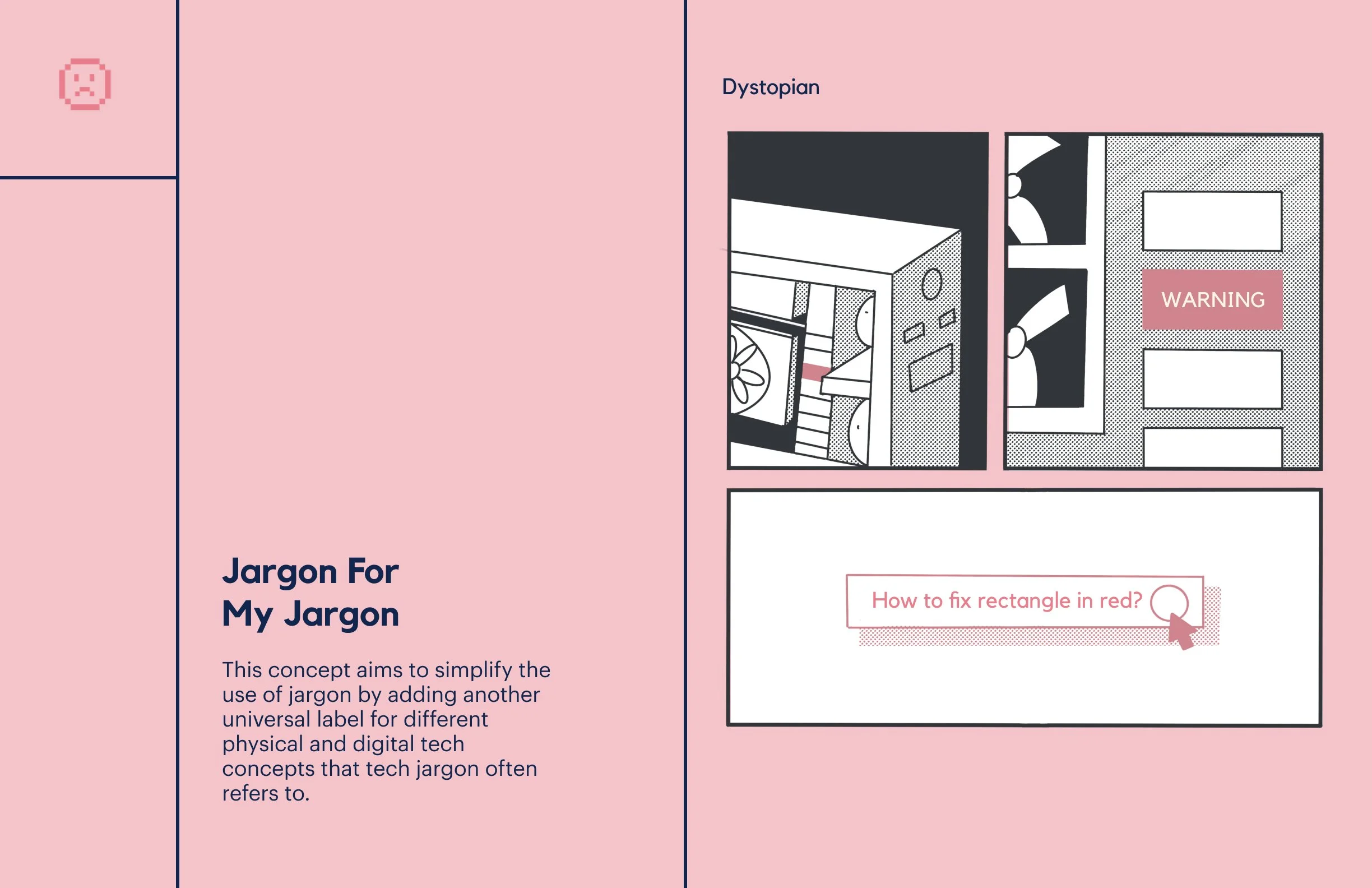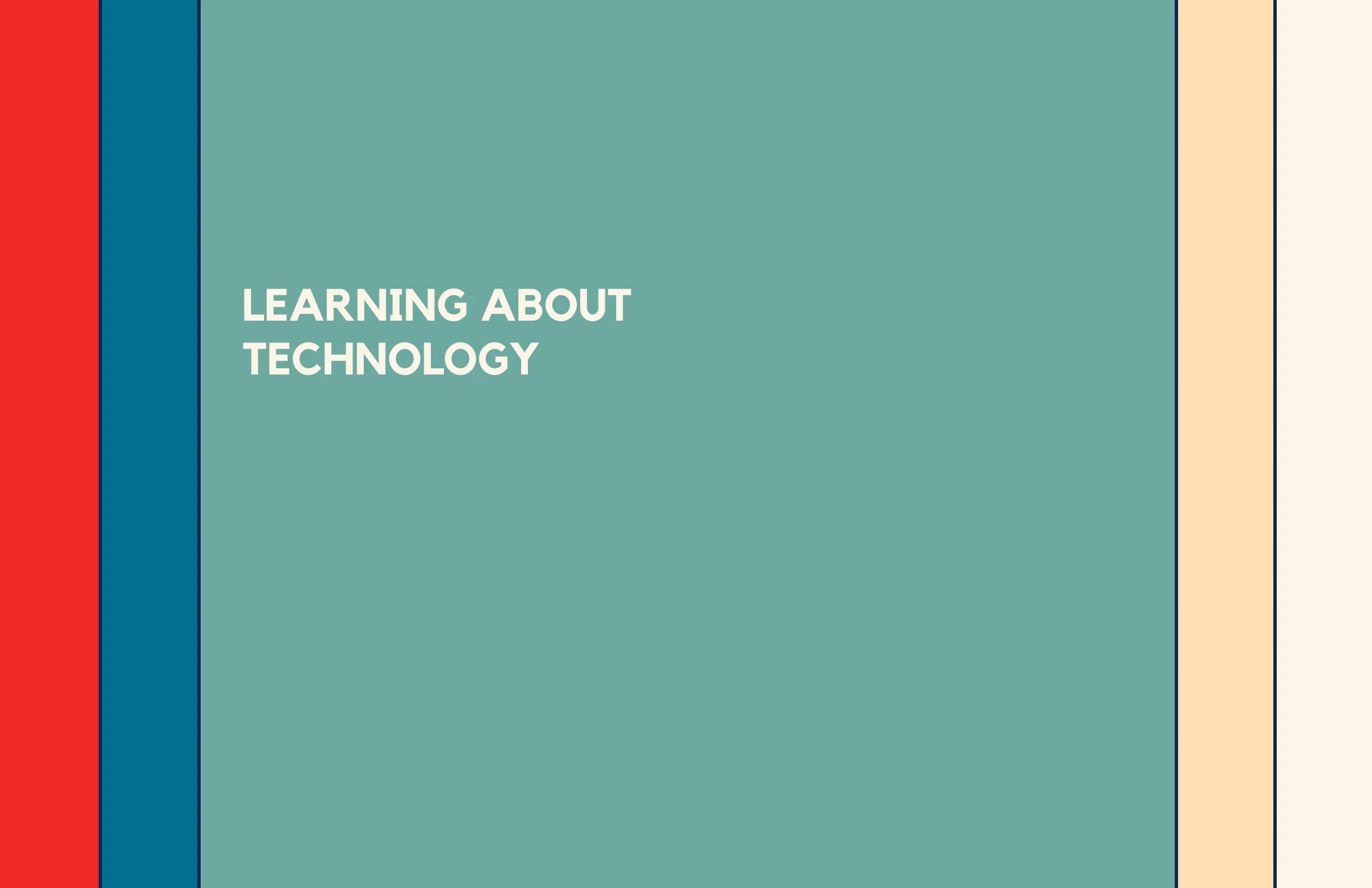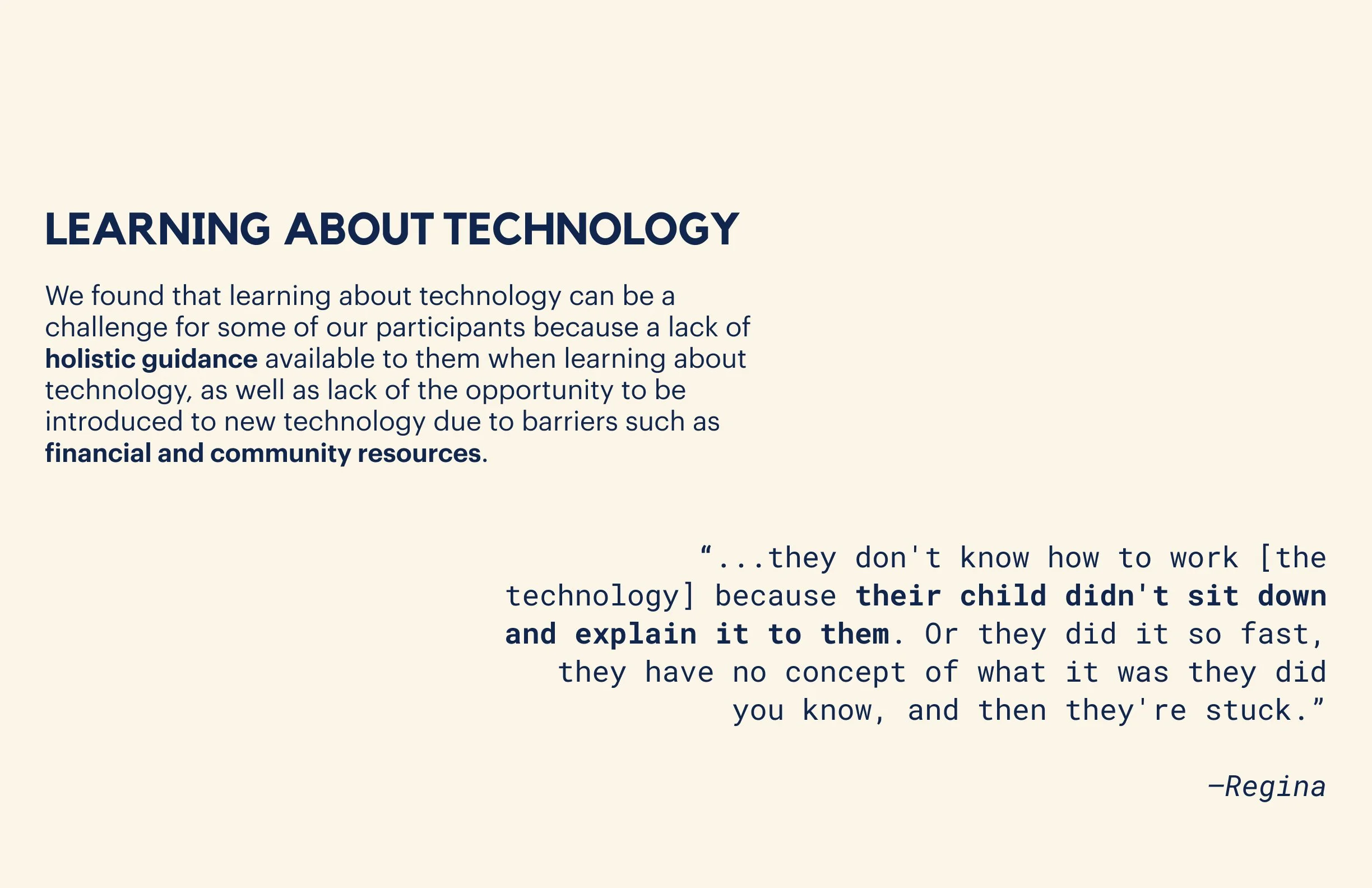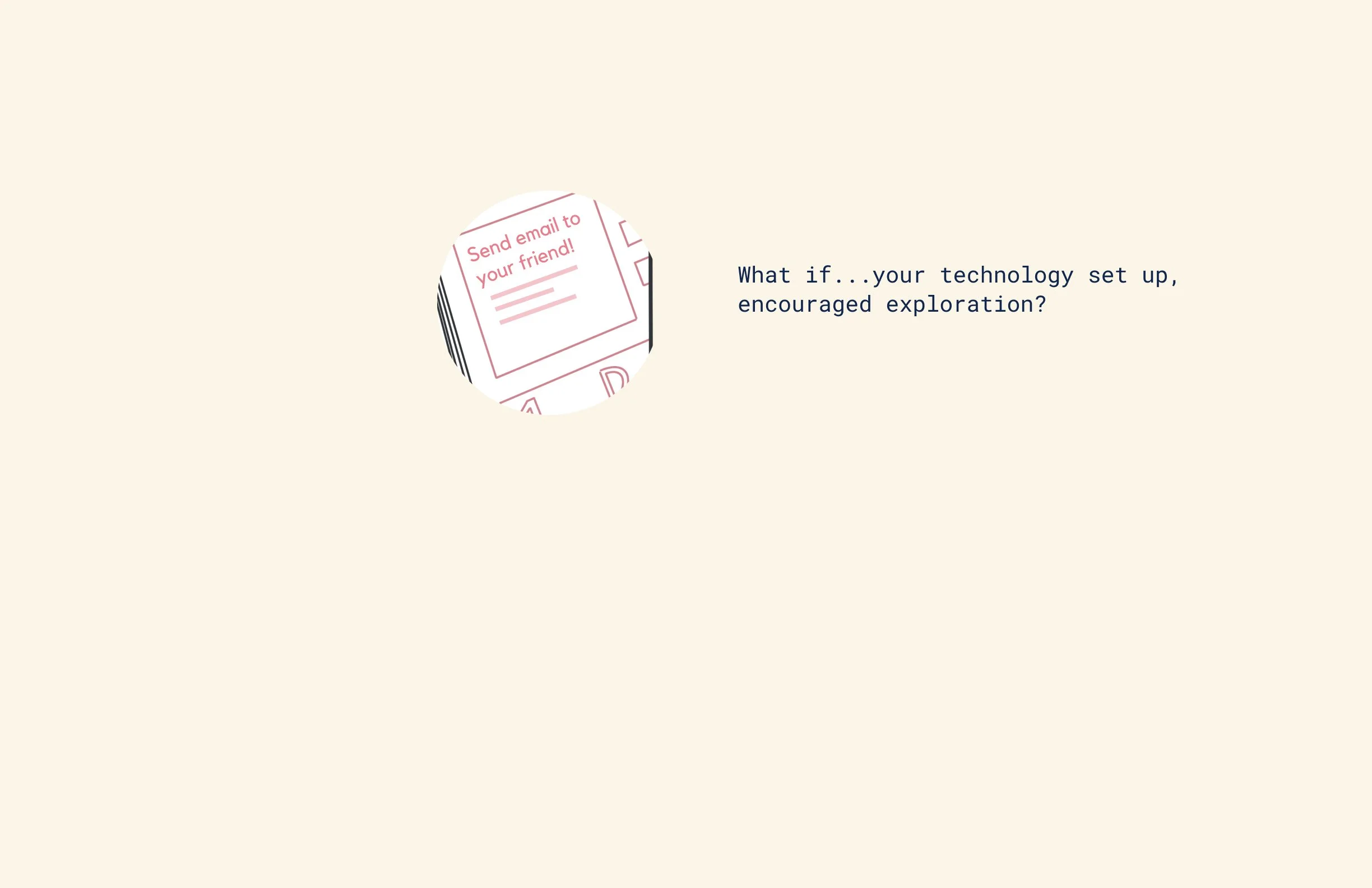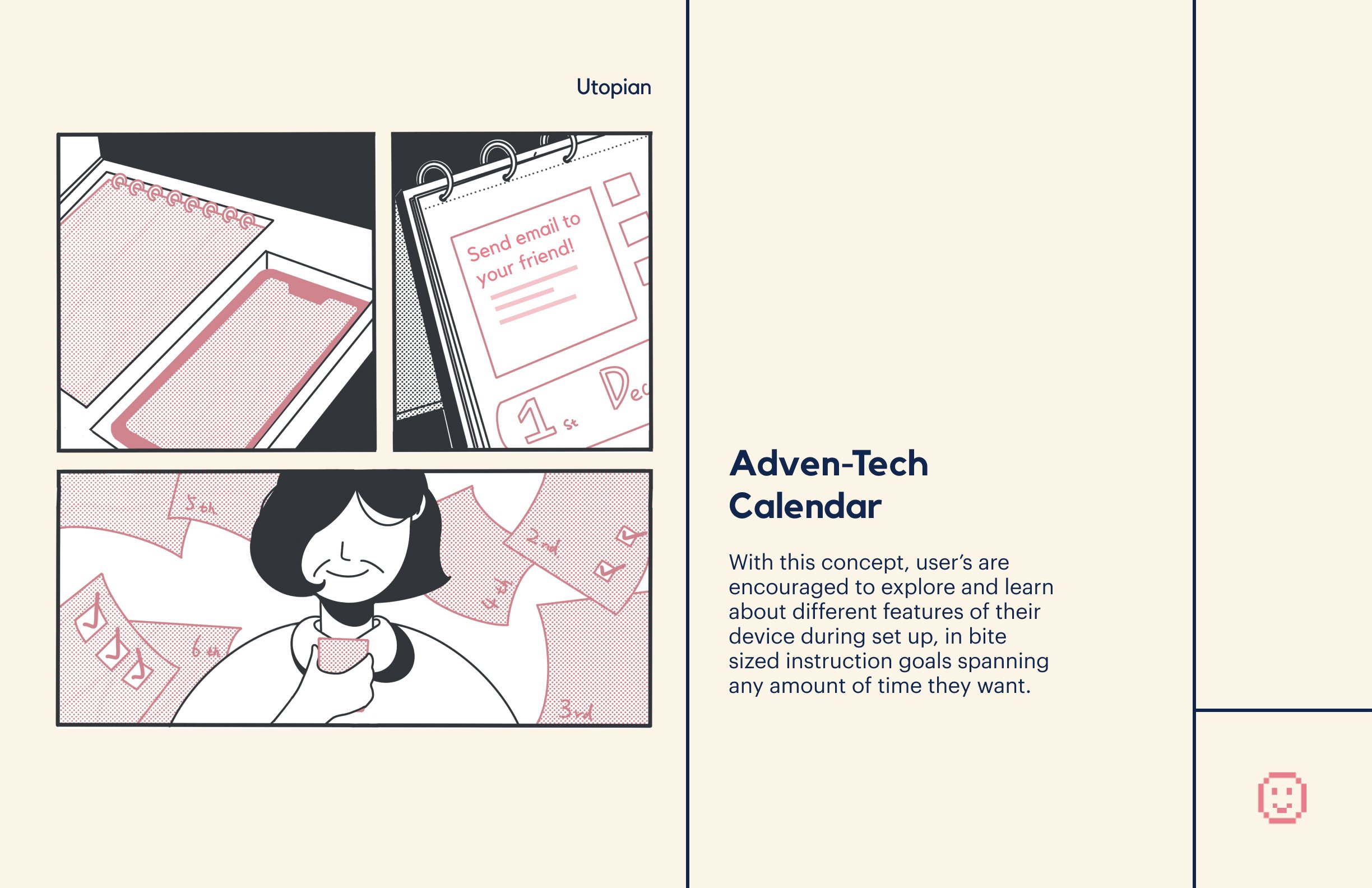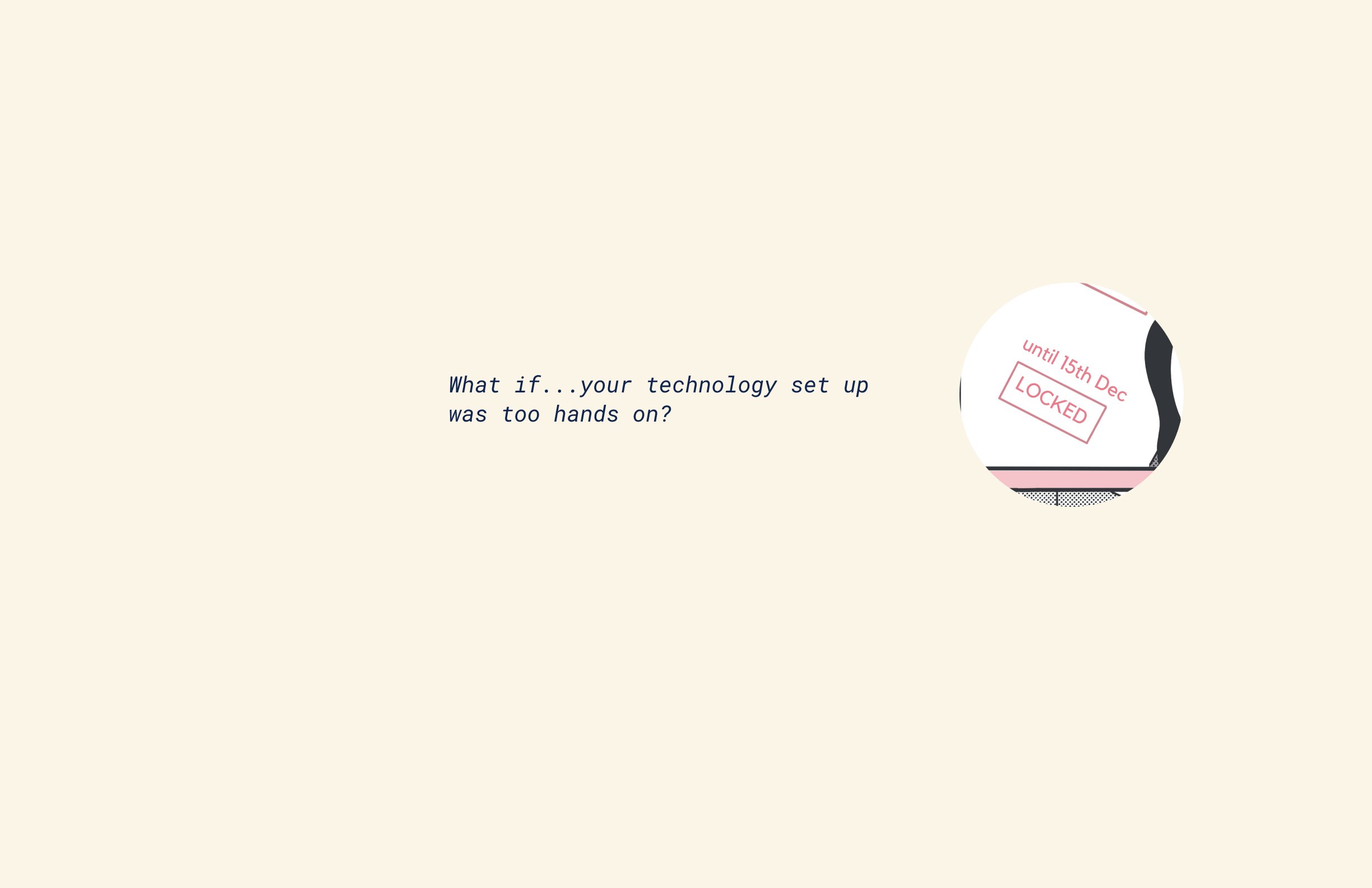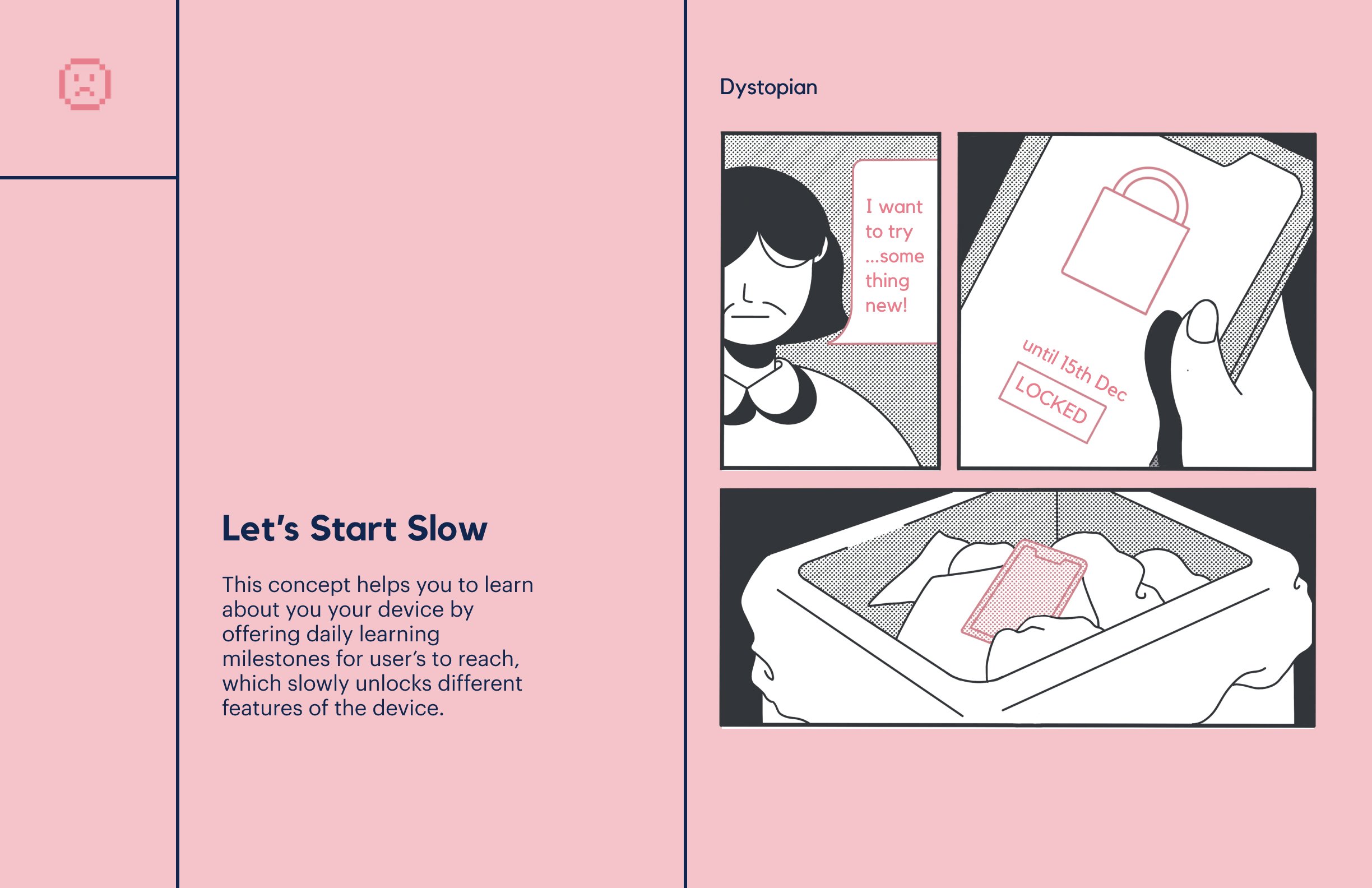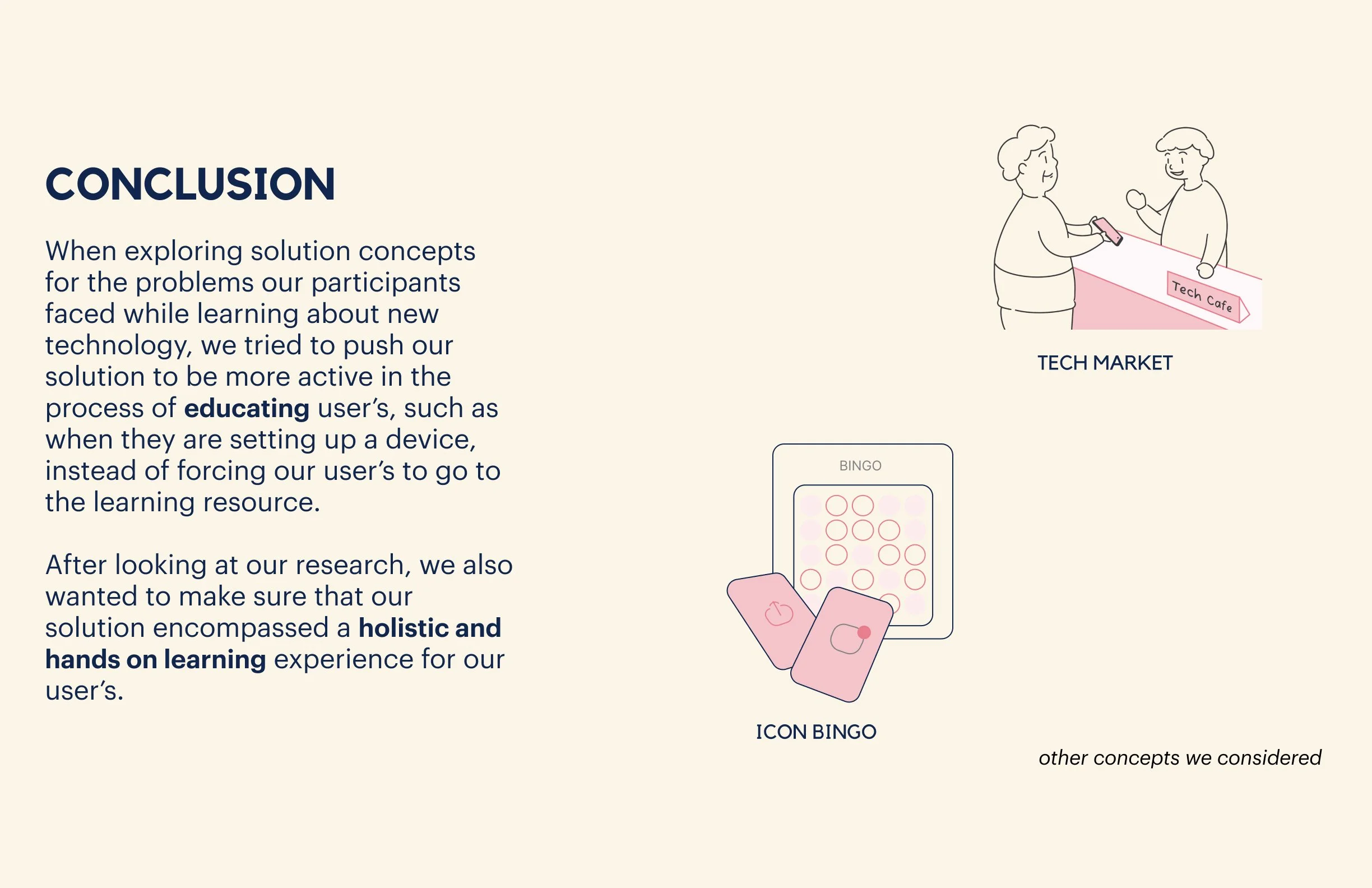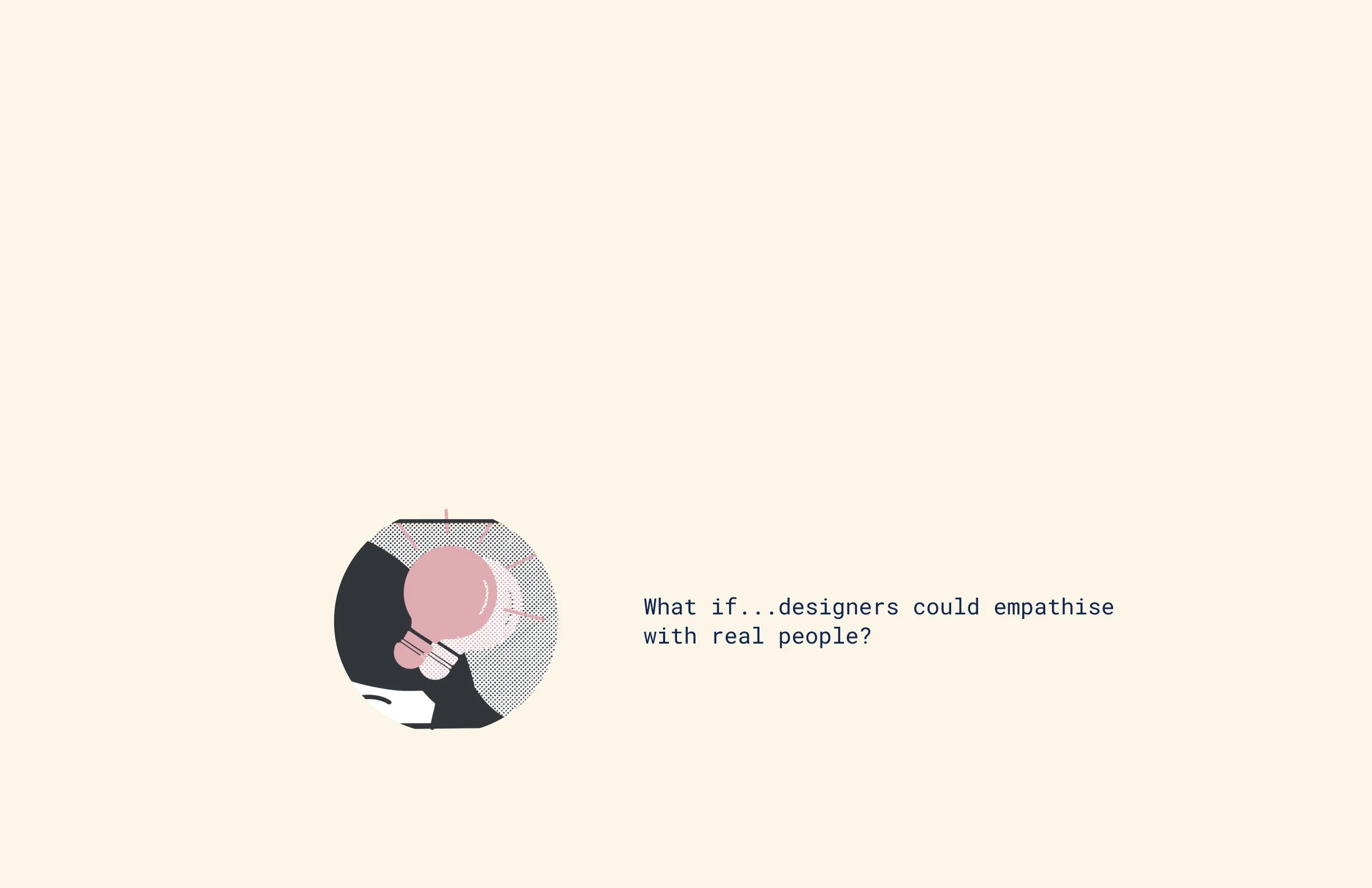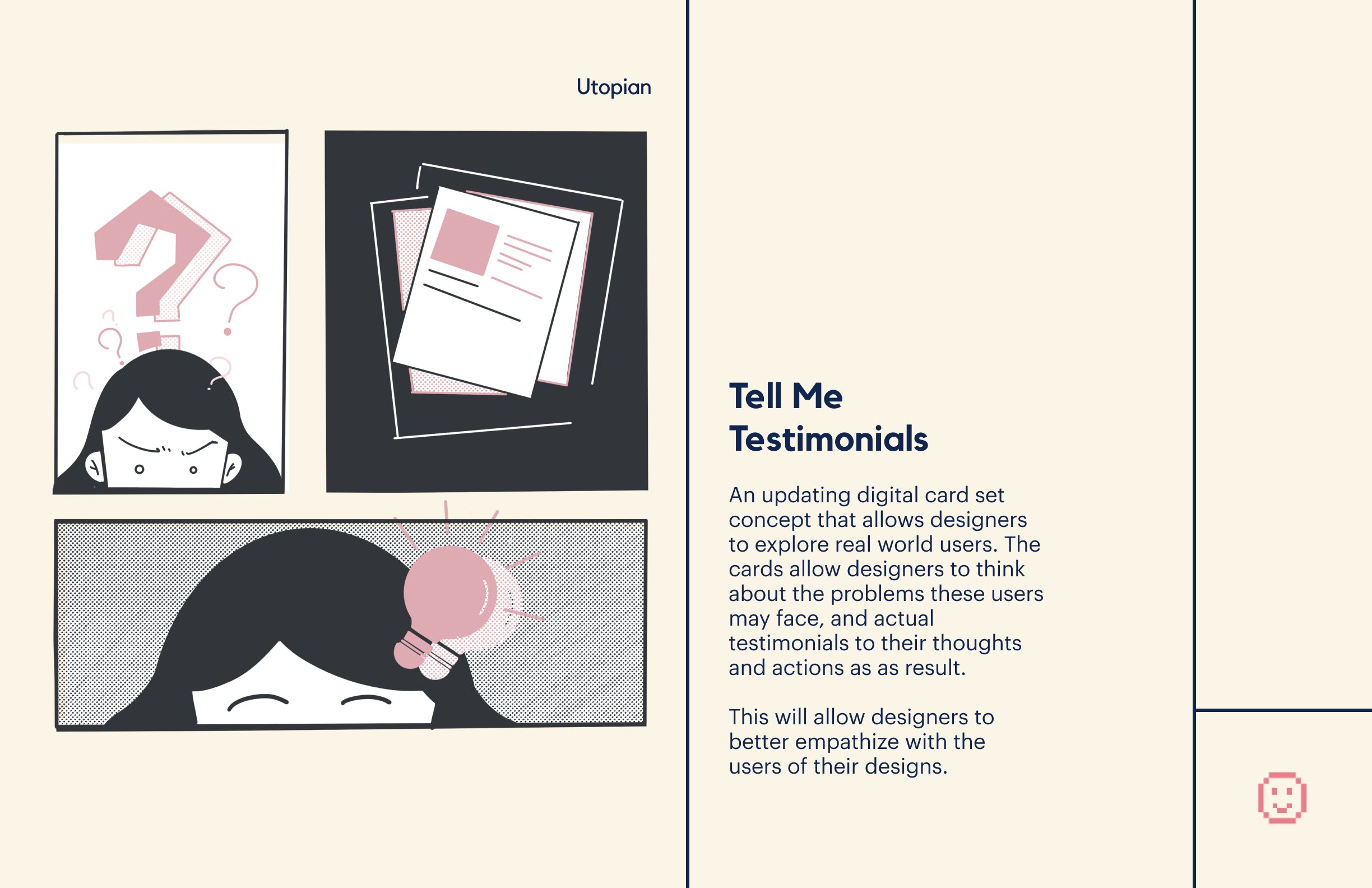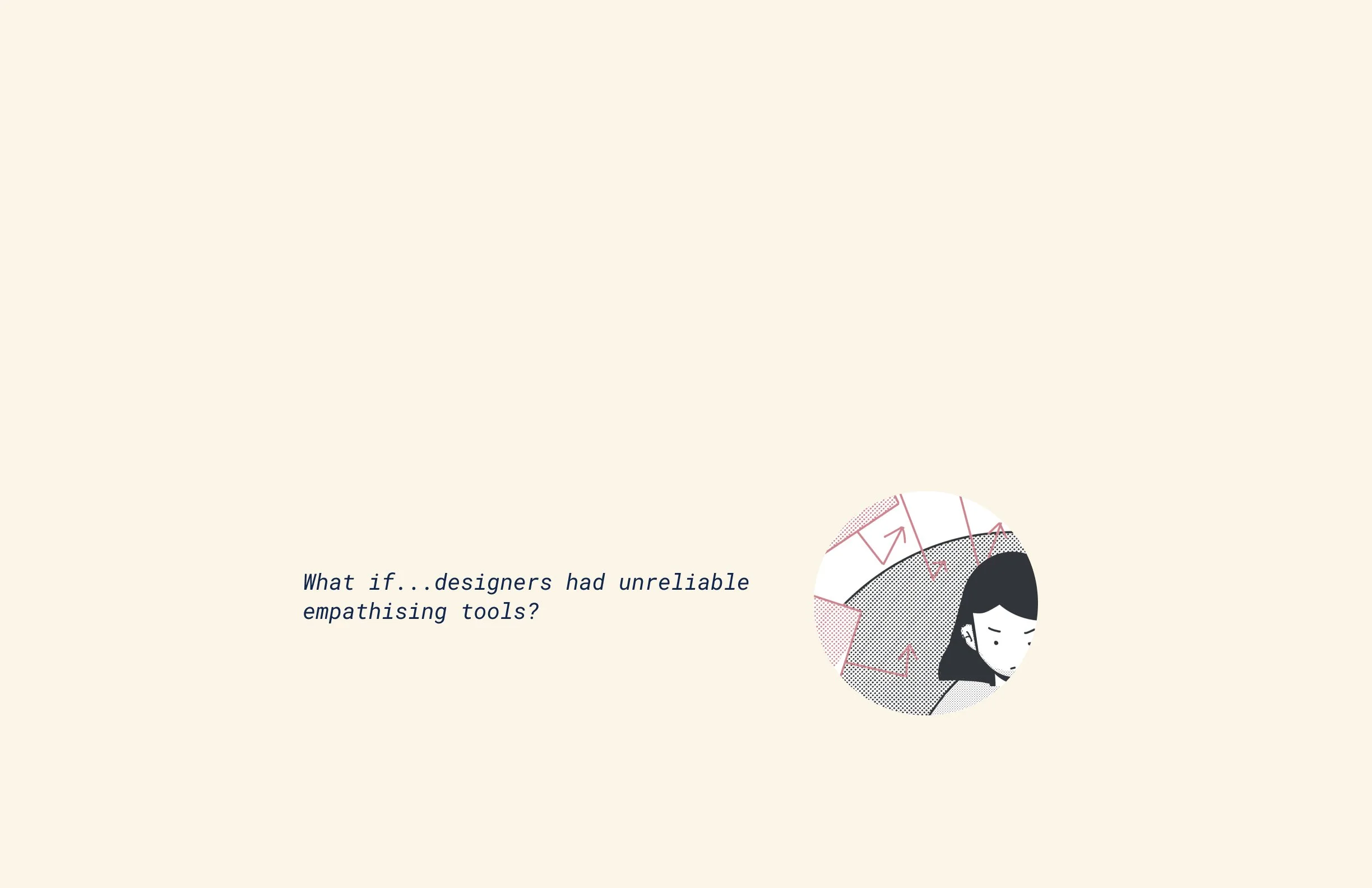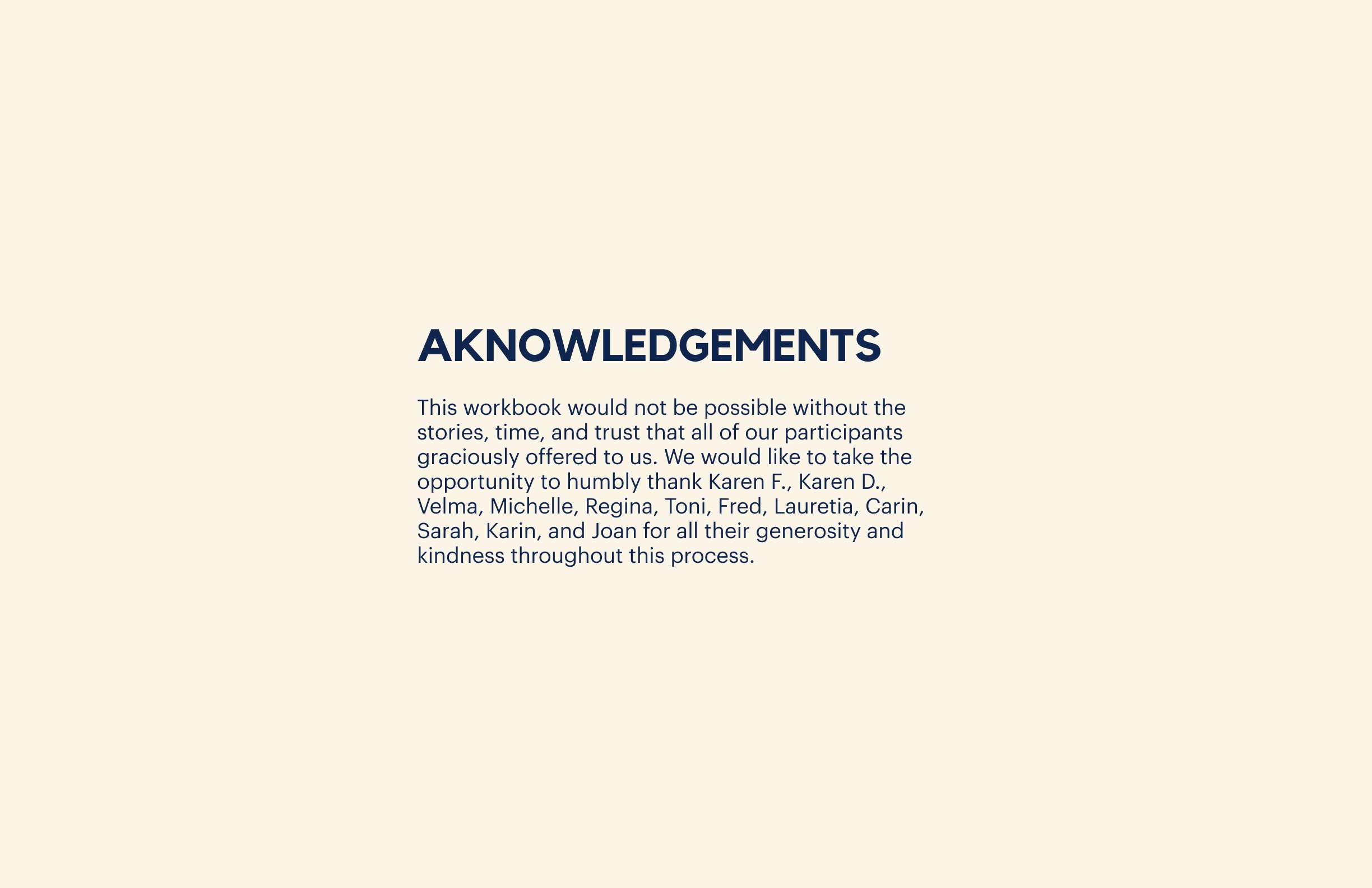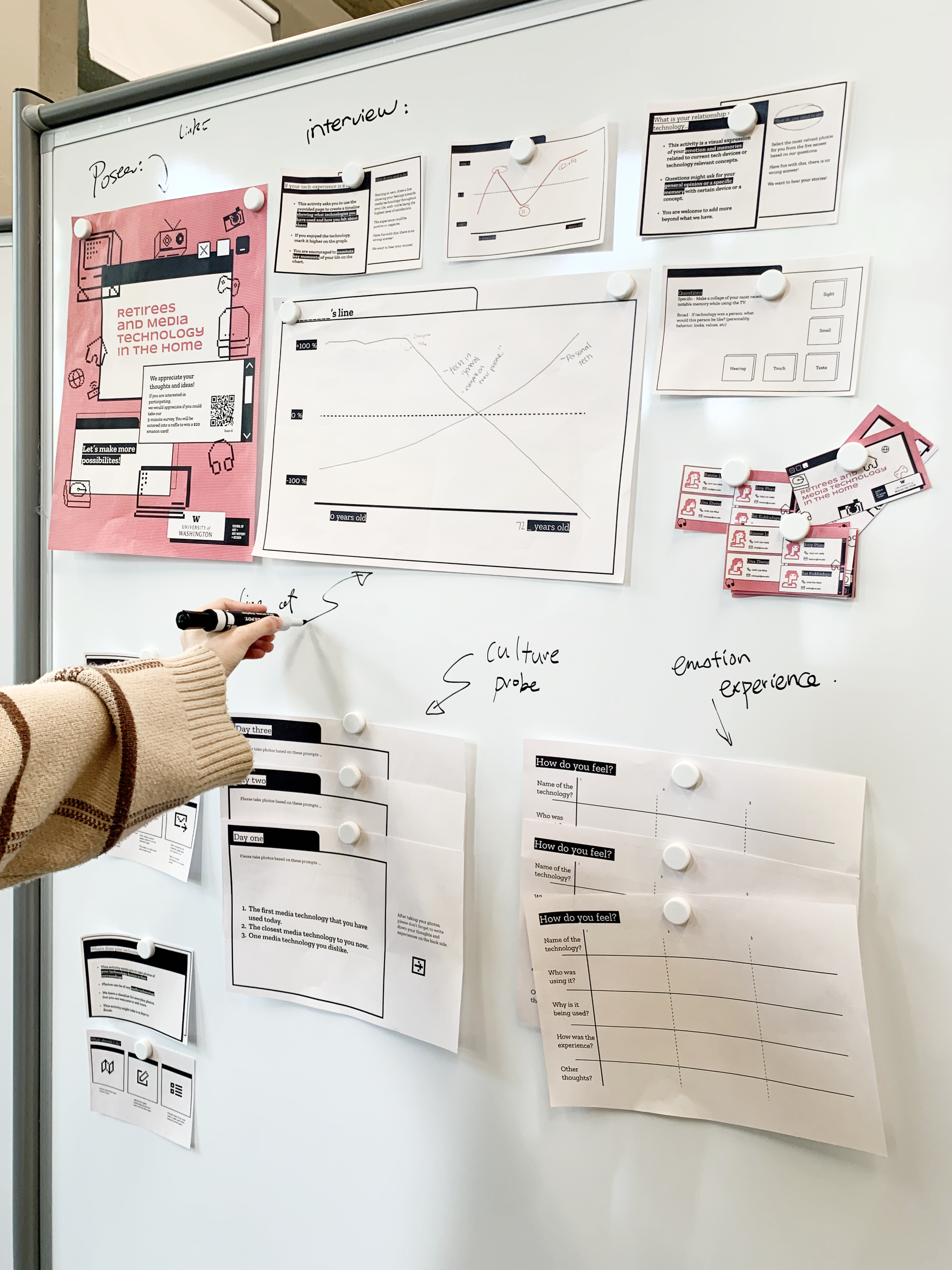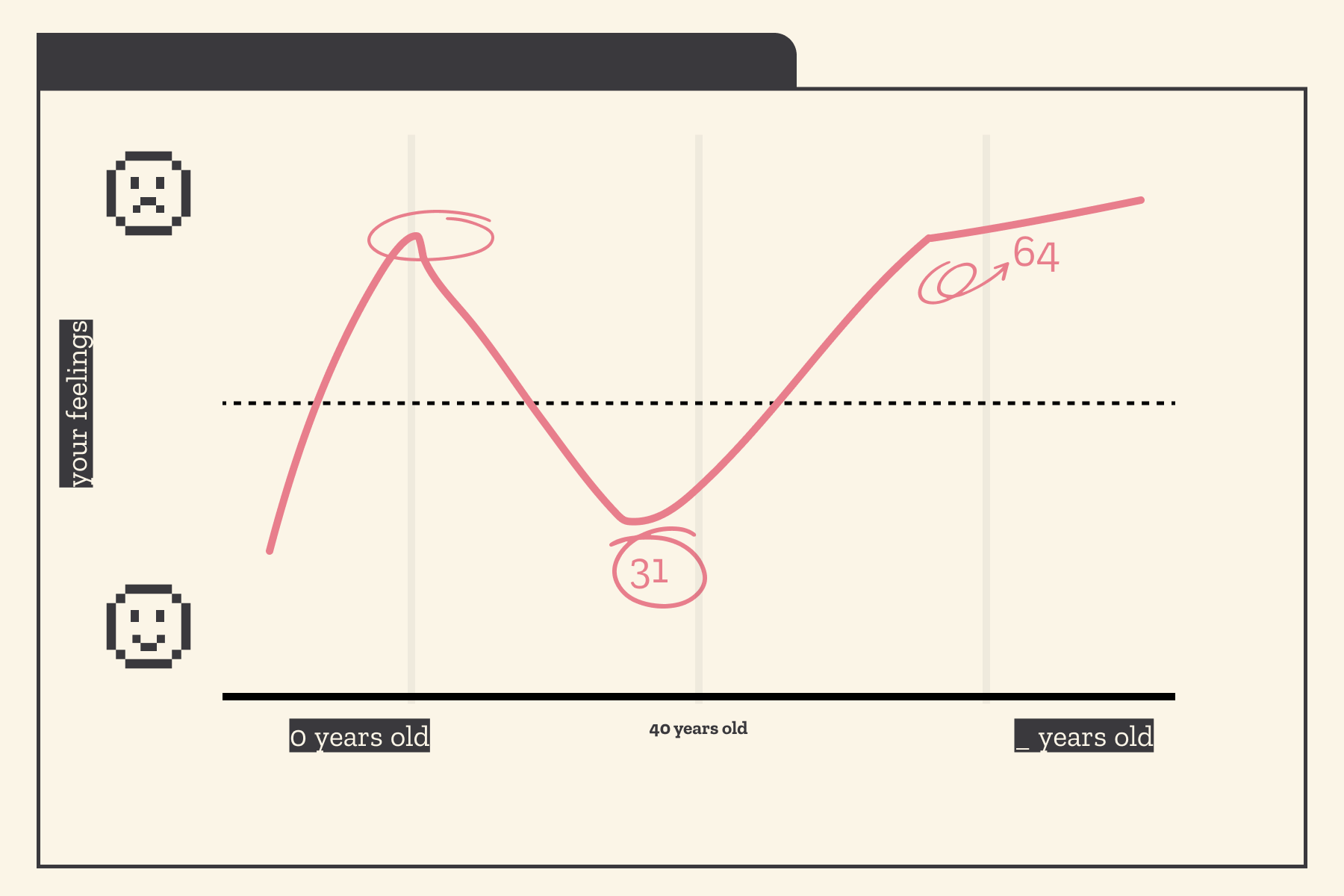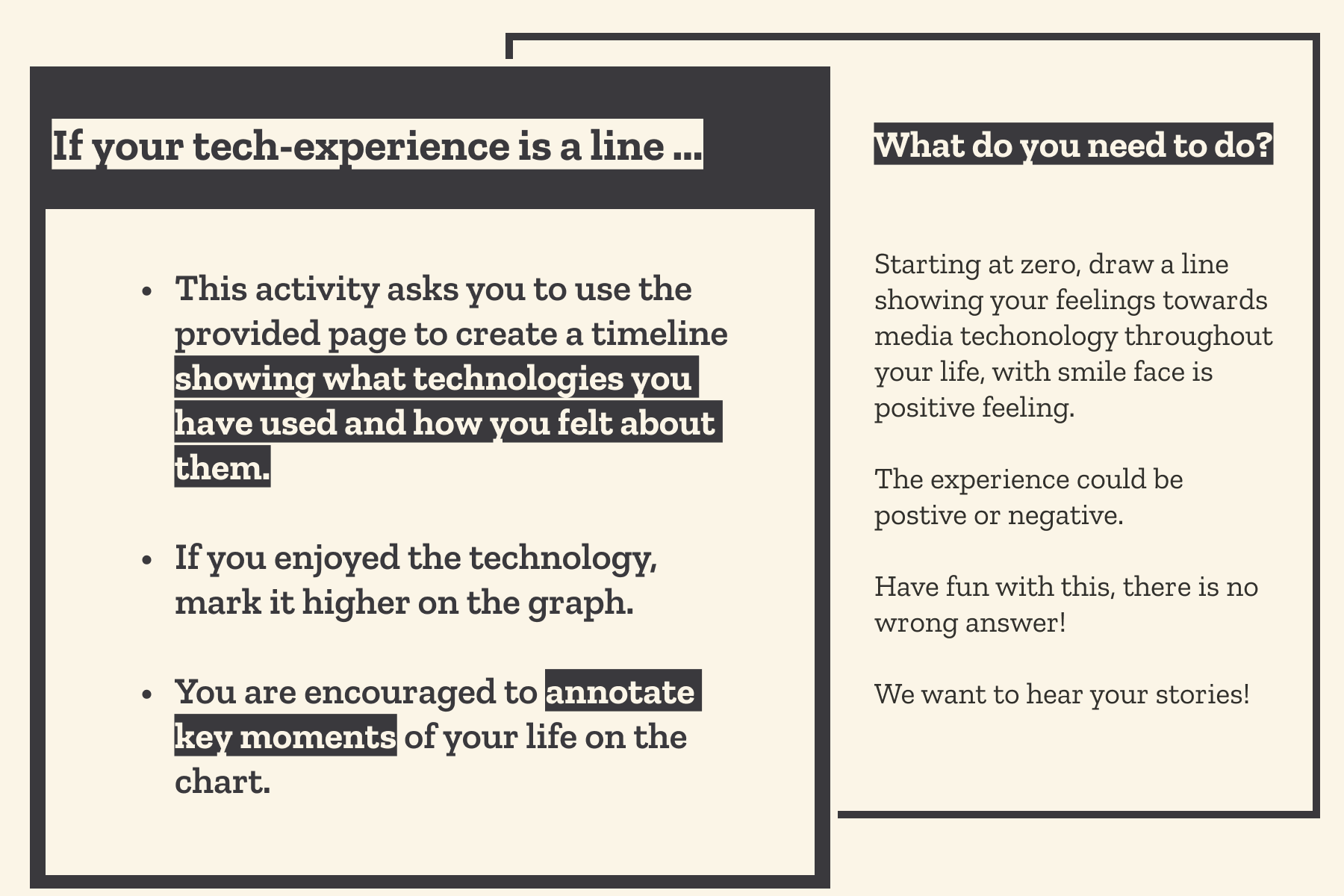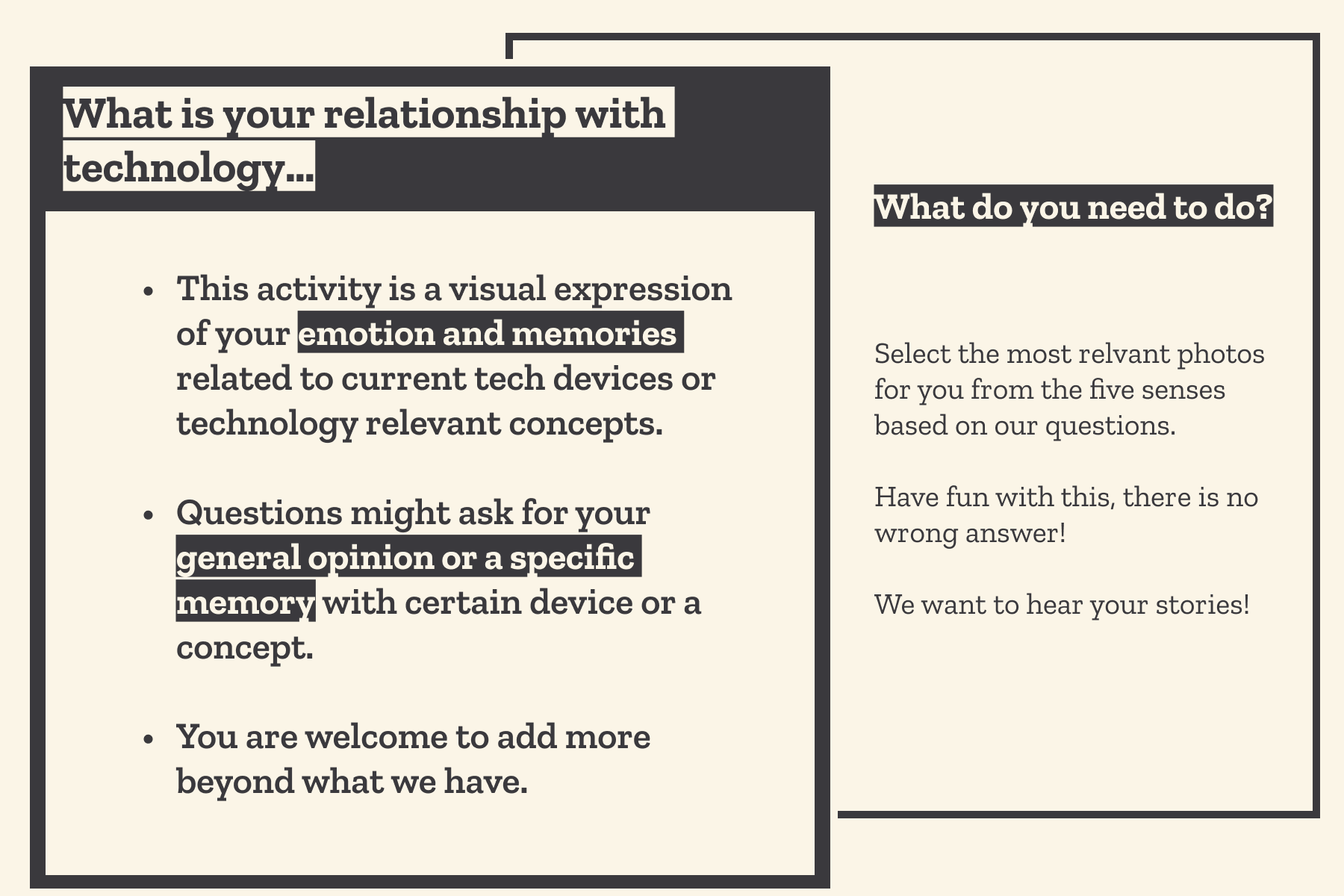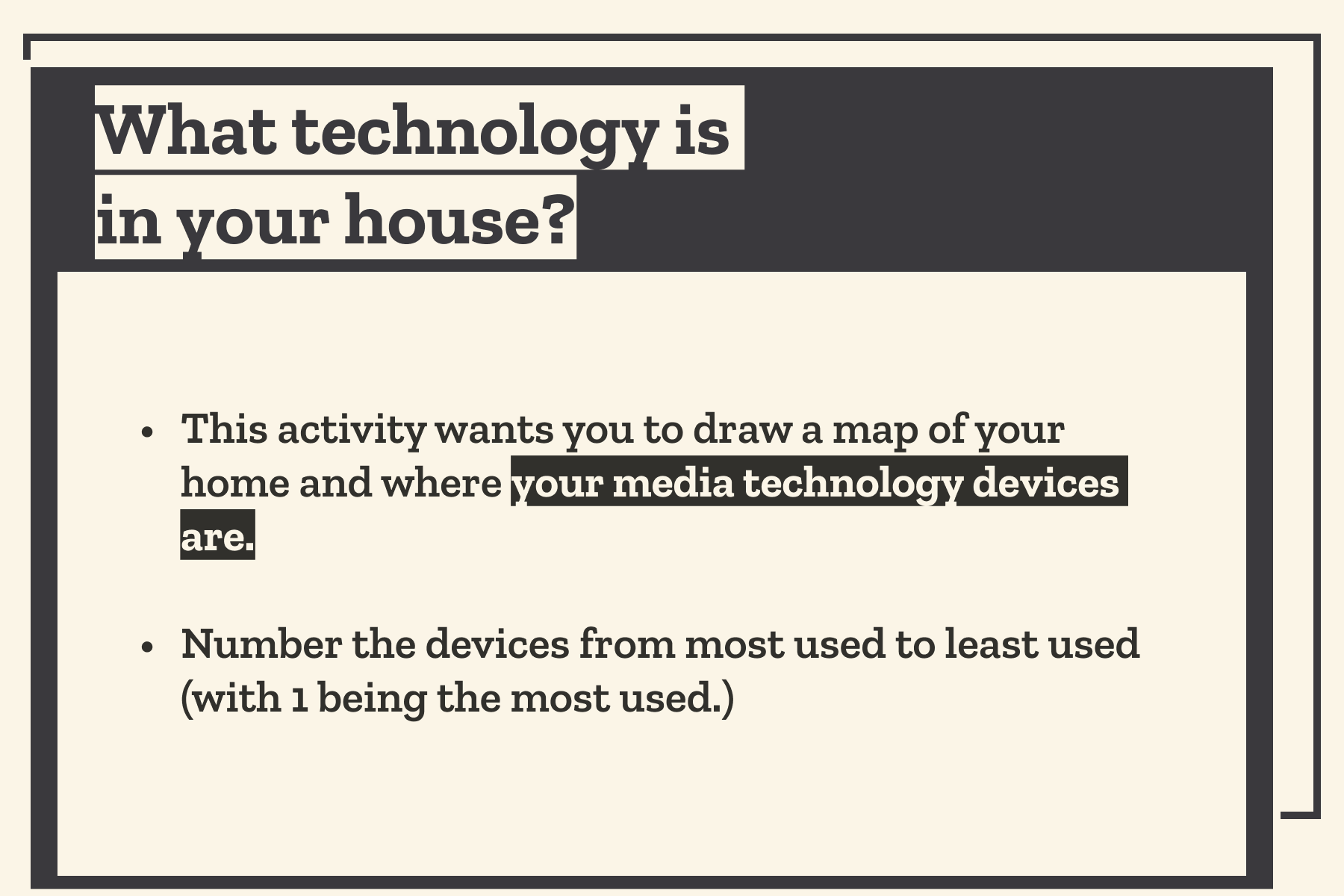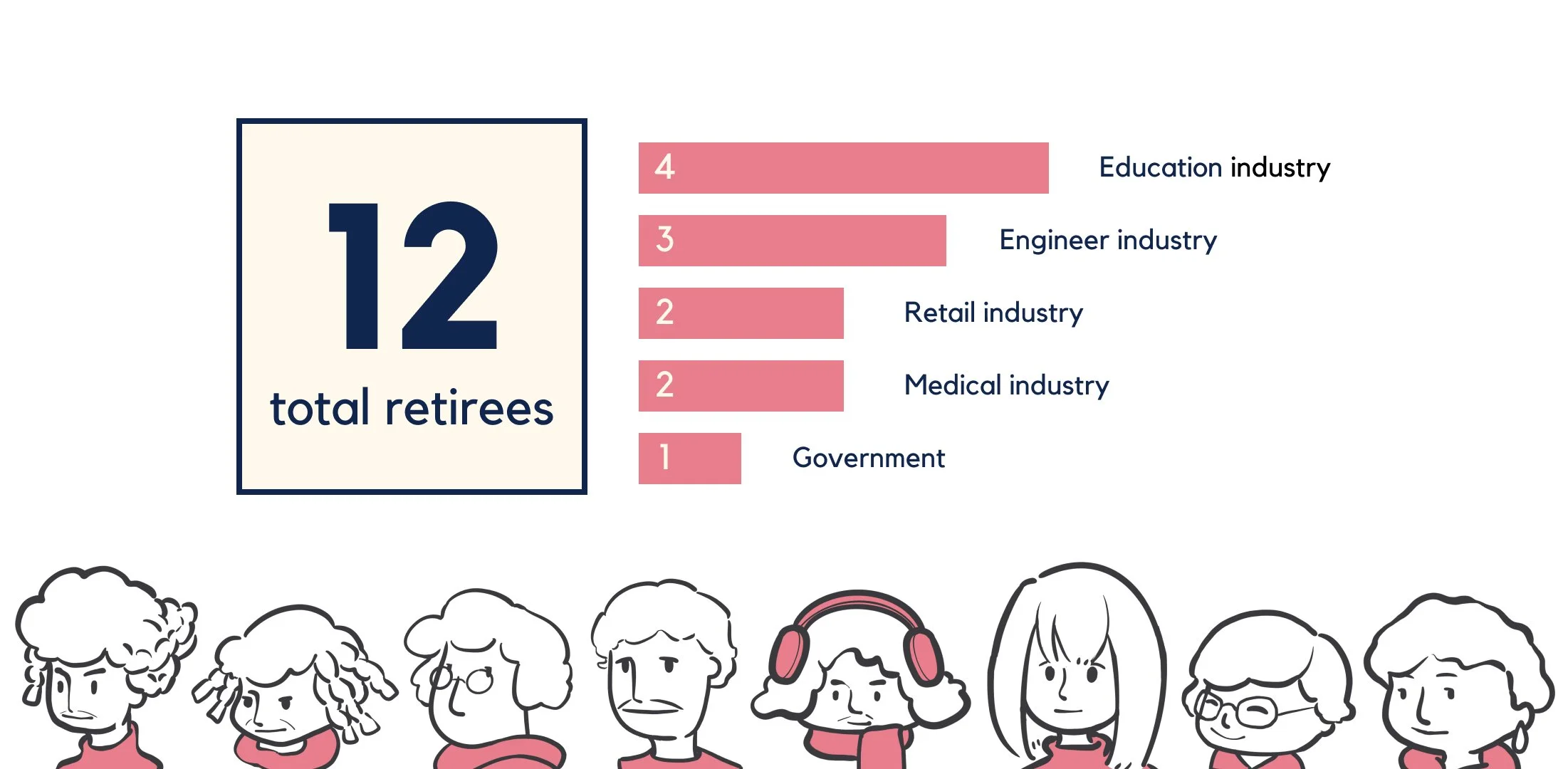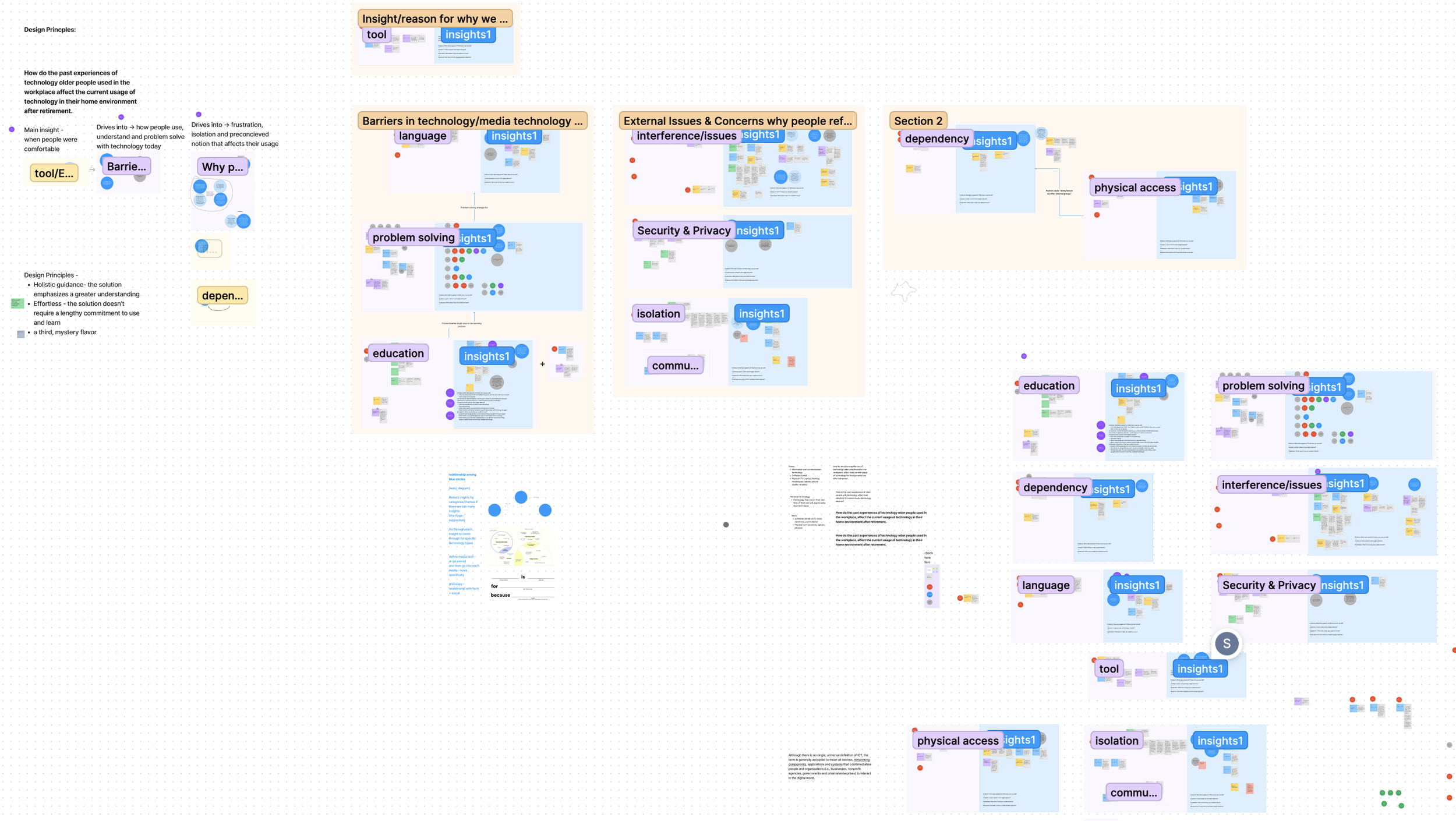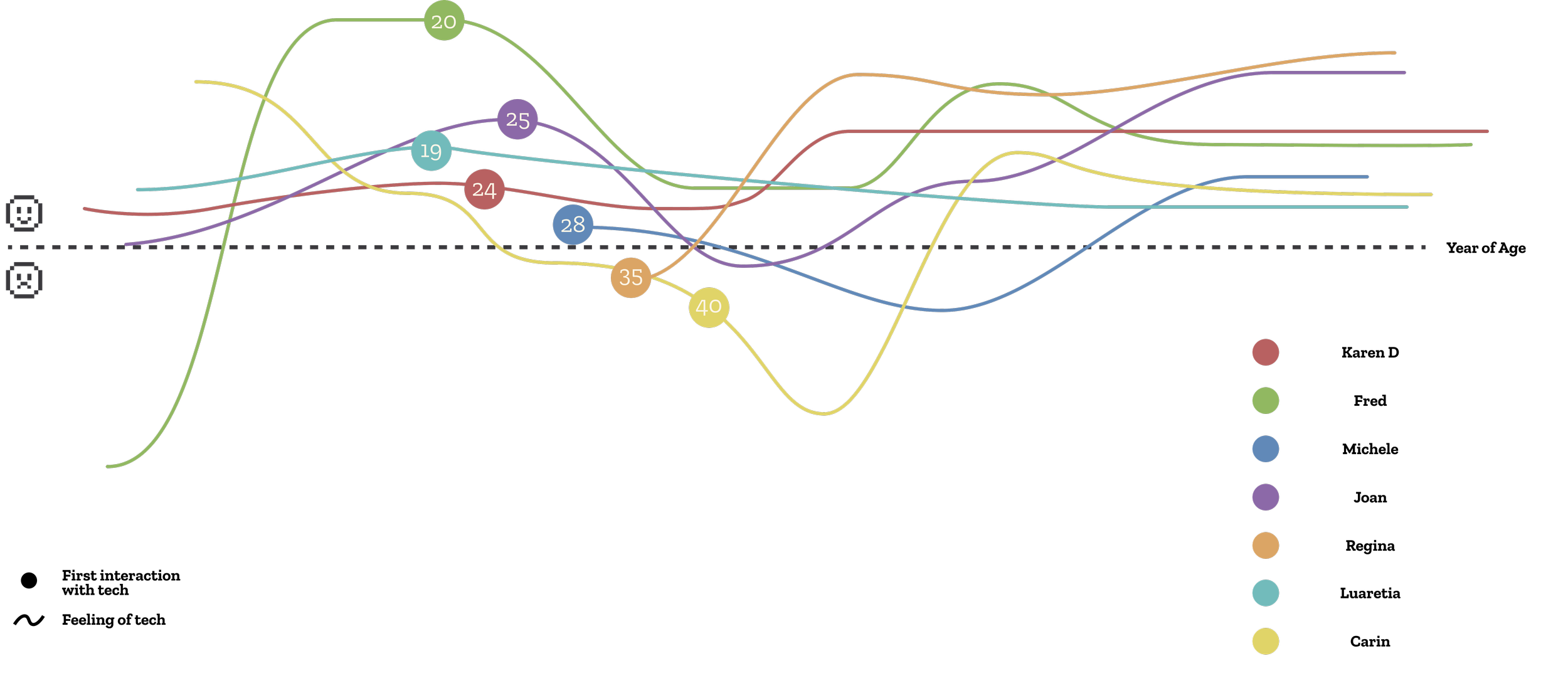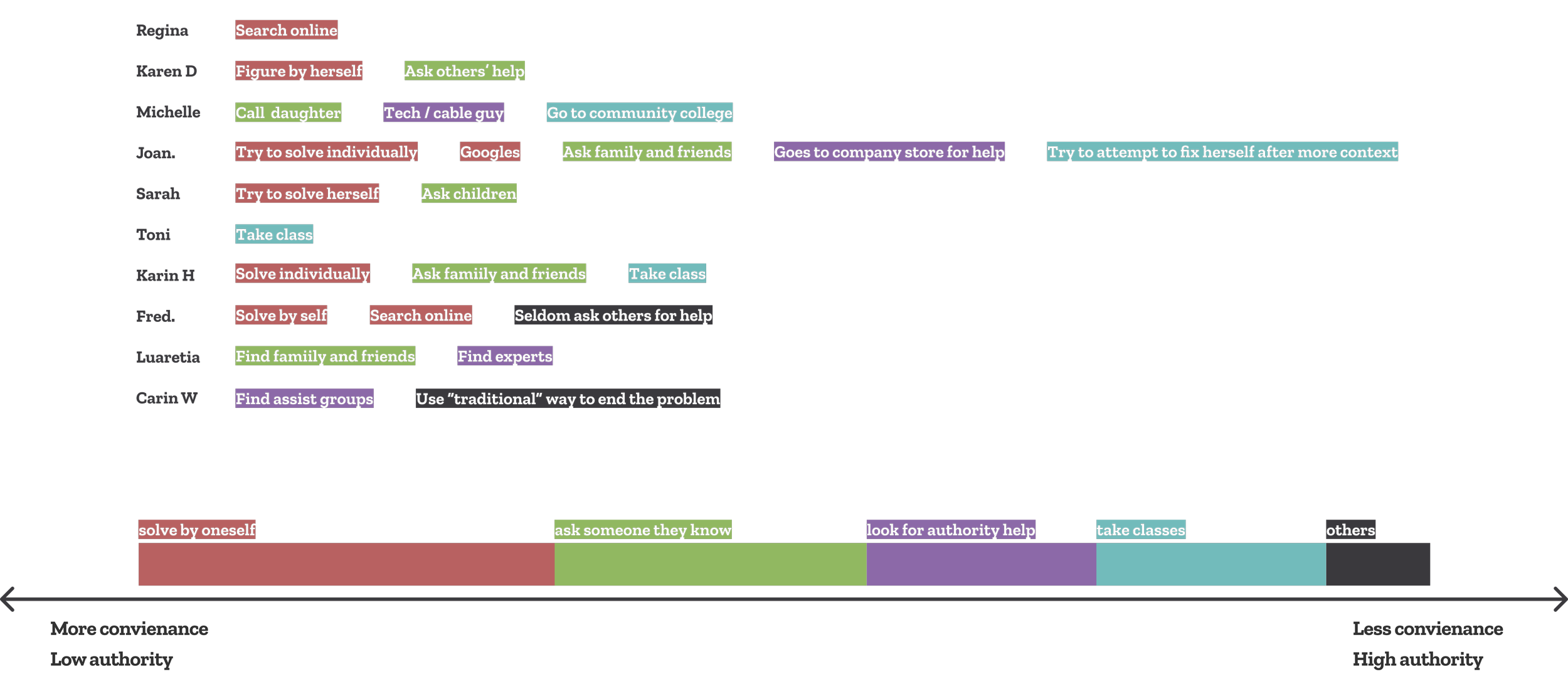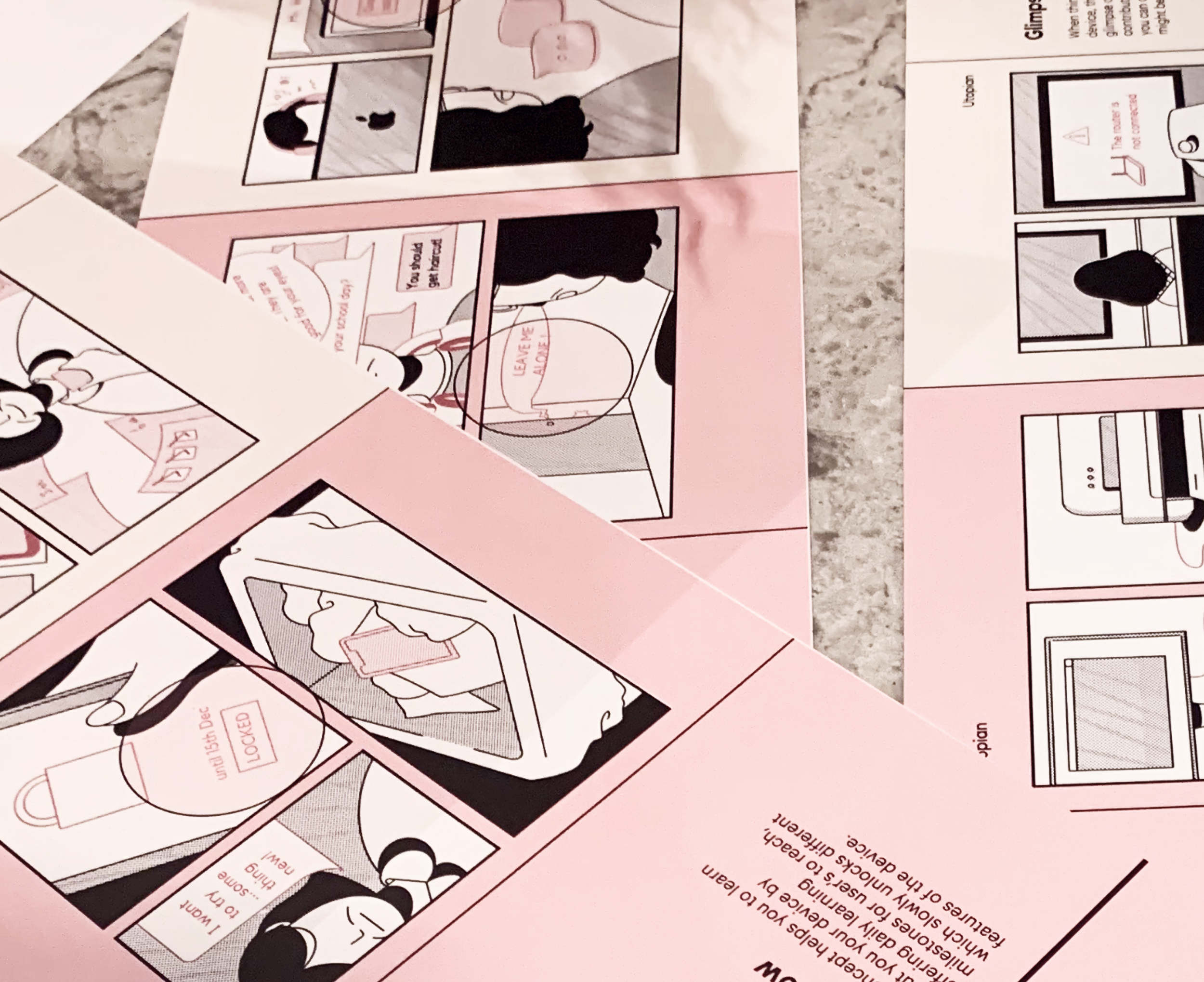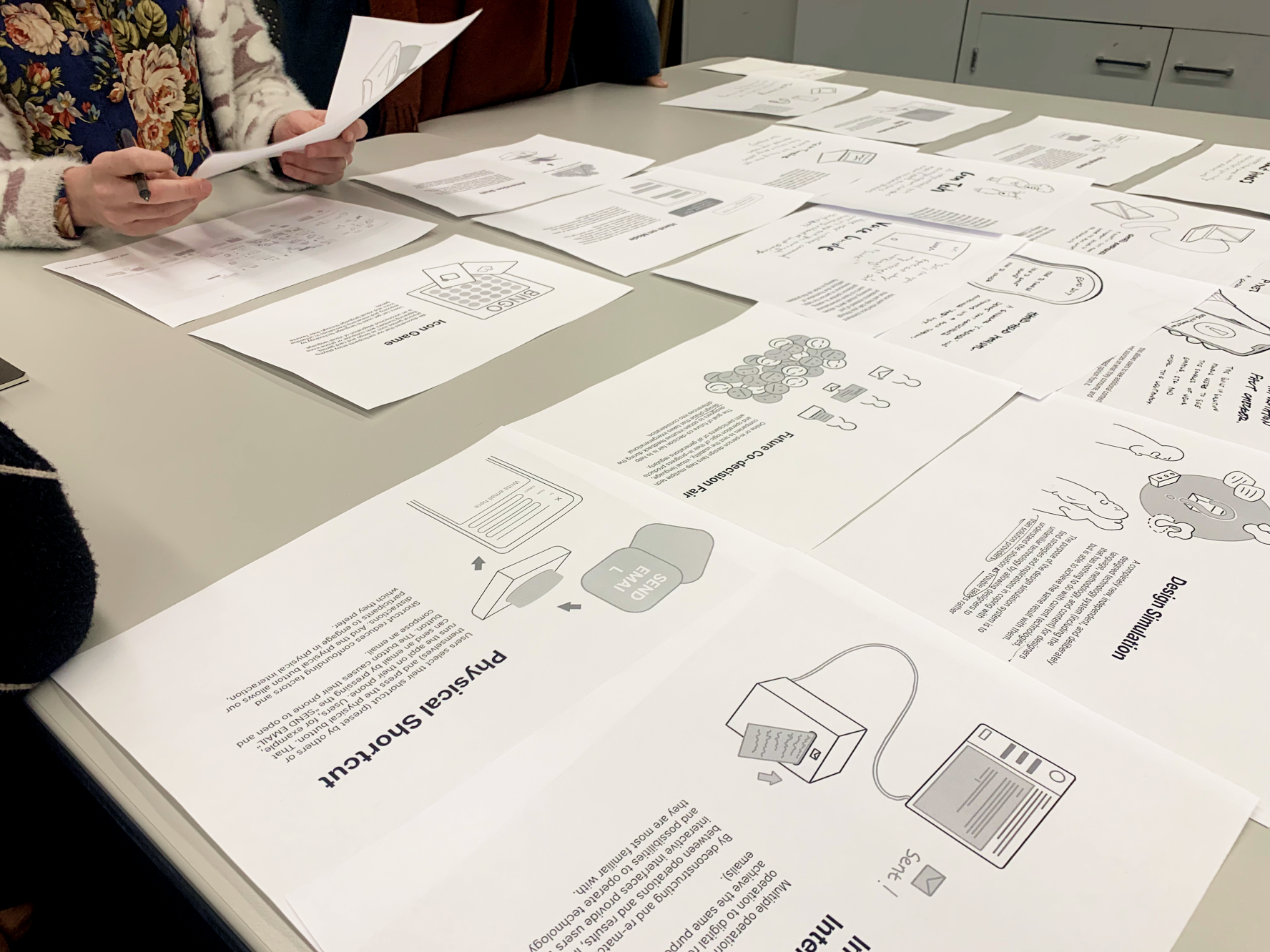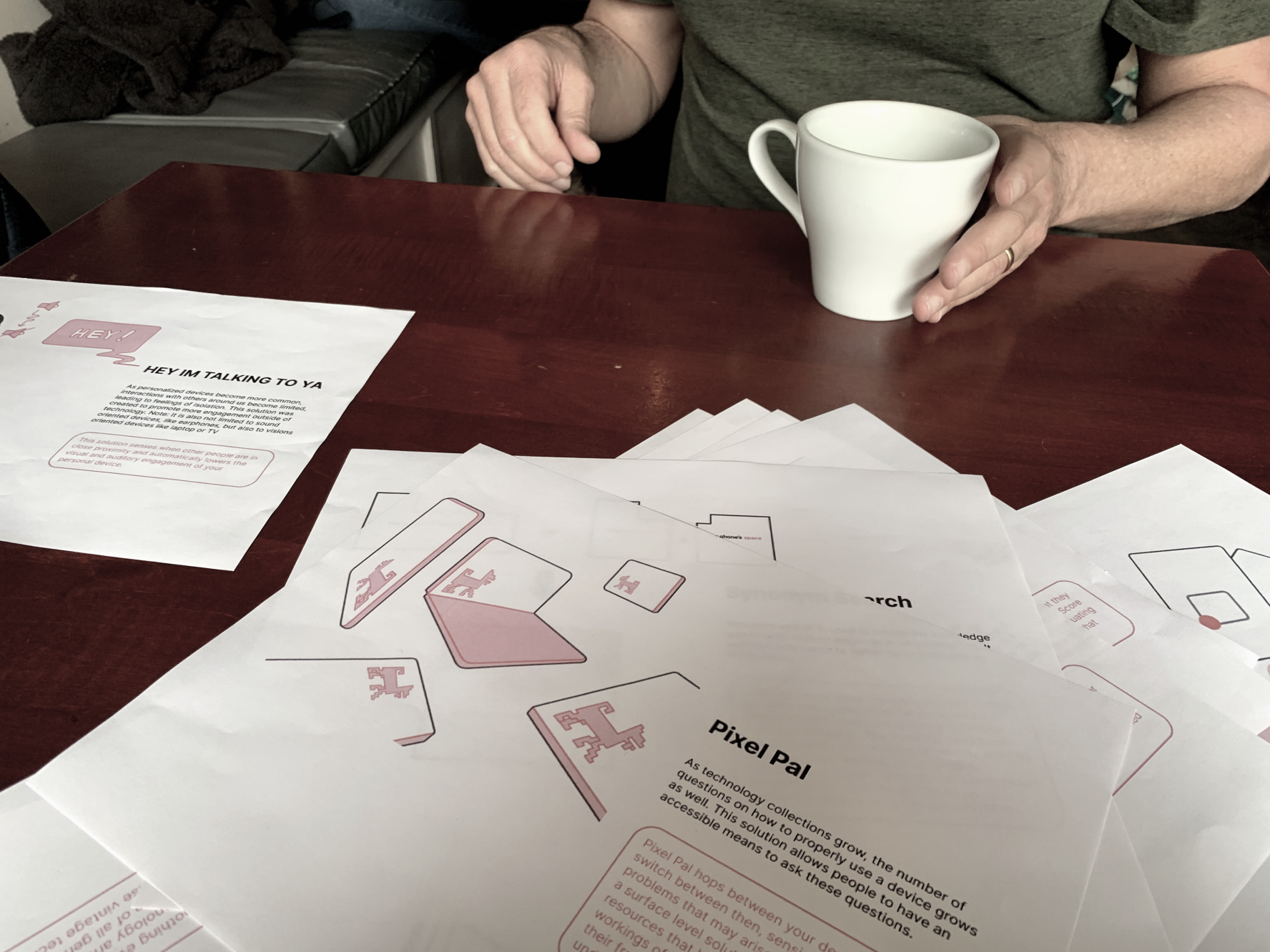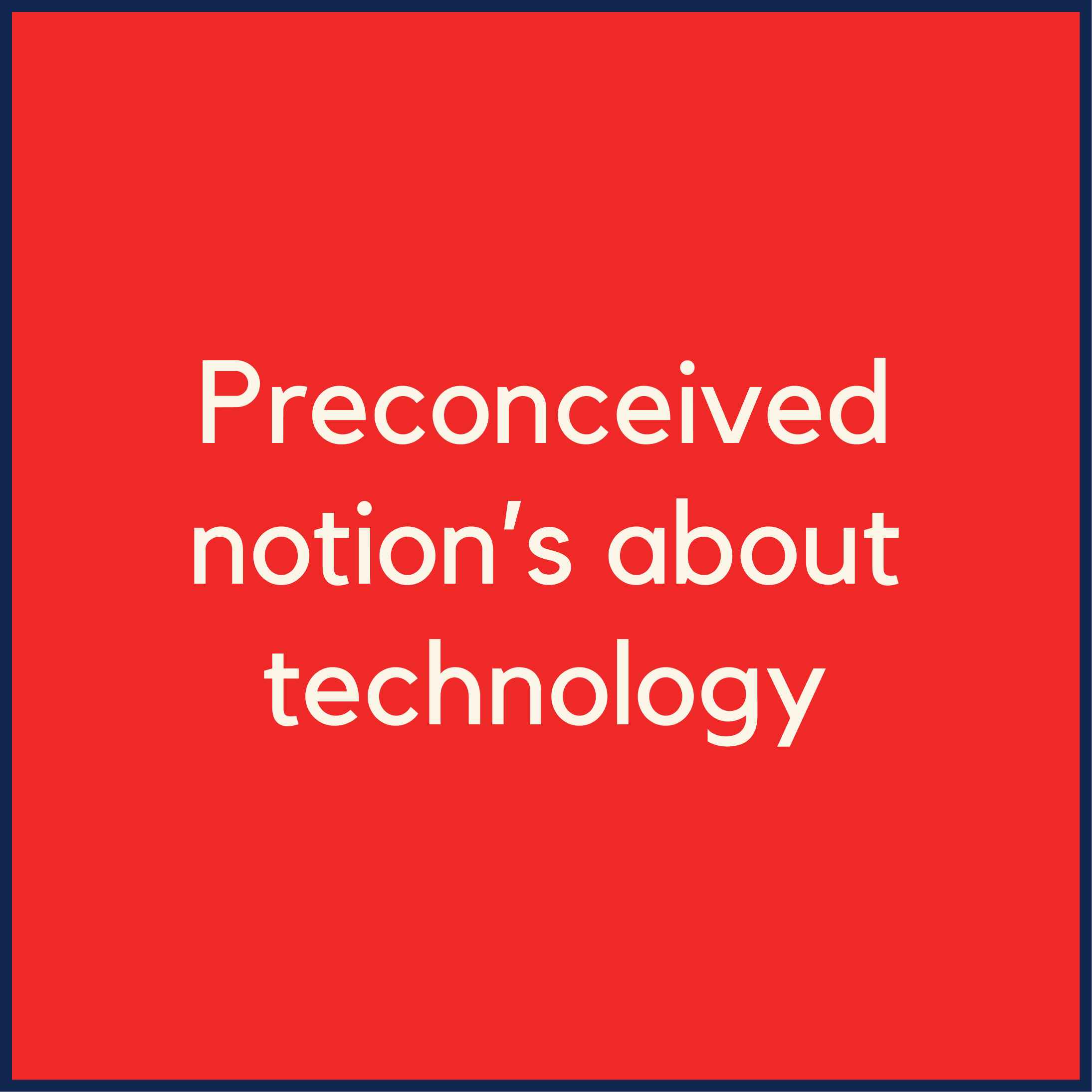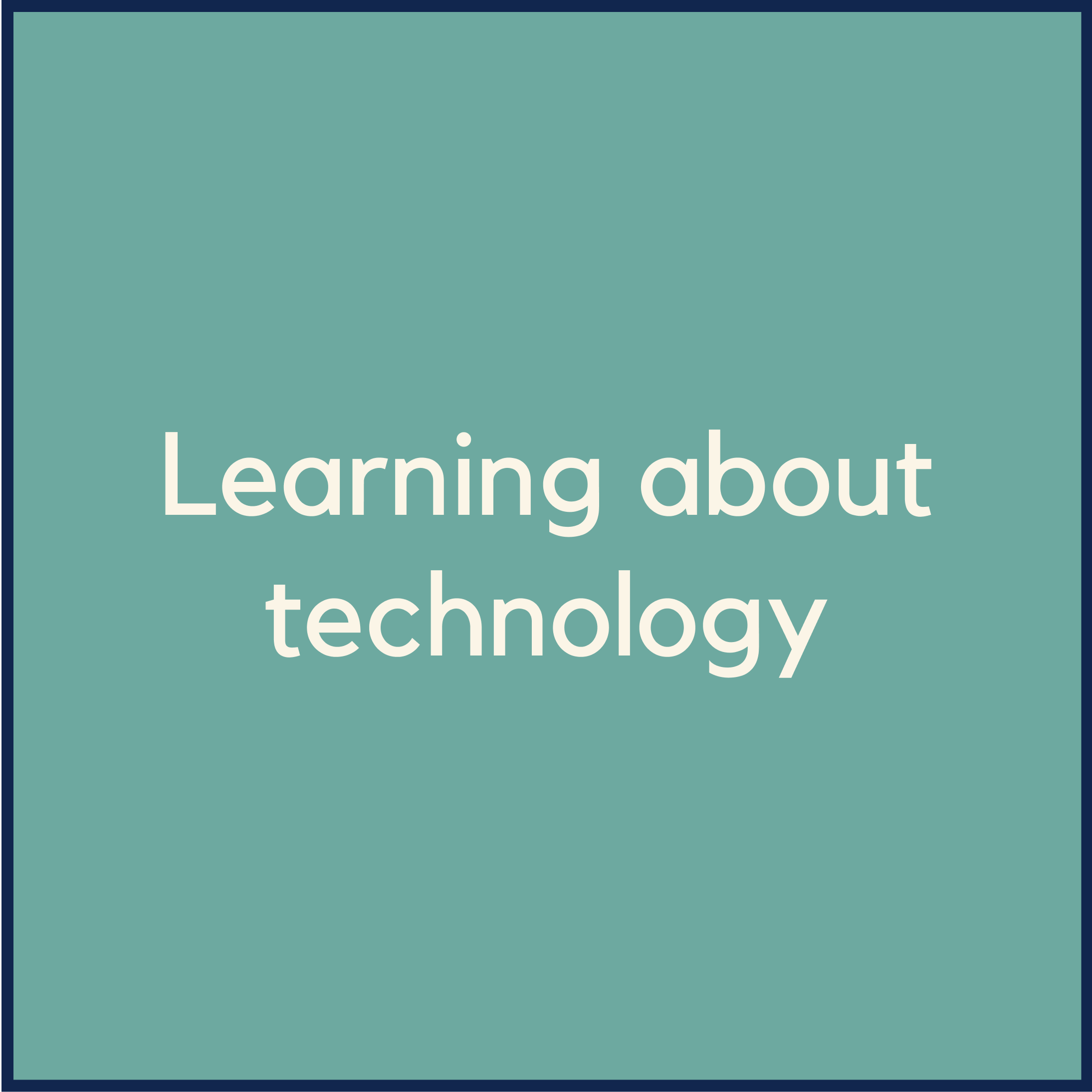“Aging & Technology”
Field Study & Print Product Design
Team
Sai K. / Rannie L. / Aivy P. / Una Z.
Instructor
My Role
Initial Research & Interviews / Qualitative Analysis / Concept Sketches & Final Illustration
Project Info
Group project from course Design481: Design Field Studies at UW
Autumn 2022
Project Overview
This field study is aimed to understand the relationship between older individuals and the technology around them, especially as to how the past experiences with technology informed their current stances. The final deliverable of this study is a research workbook which includes the research questions, research process, insights, and 10 design concepts in 4 categories we want to share. This workbook does not provide a singular answer or solution, but rather as an anthology of our research process and ideation which can be used as inspirations for further work into this field.
Background
What do we concern?
Retirement is often a period of change, implying for many individuals a shift in daily routine and engagement. Individuals may begin to develop a perspective on their post retirement identity and change consumption habits as a result of this identity. For many, these habits involve technology. As technology becomes more easily accessible to the public, the question on how it is being utilized, and its effects on the individual becomes increasingly pertinent.
On the surface, there seems to be a barrier between technology and older populations, as they have a tendency to adopt it less frequently. While it’s easy to write this off as a dislike of ‘new technology’, this attitude is not common, and older people who used technology actually used it MORE than the average person. Older people experienced the first wave of technology entering the workplace and the home, and those experiences help inform their emotions towards current technology. Understanding these stories, as well as the current attitudes can help uncover the strengths of how technology falls into a post-retirement life, while also revealing where it falls short.
How do the past experiences of technology older people have used, affect the current usage of technology in their home environment after retirement. You may find a clue in our study.
Research Question
“ How do the past experiences of technology older people have used, affect the current usage of technology in their home environment after retirement. “
What / Technology
Technology seemed to be a barrier for older individuals as they had a tendency to adopt it less frequently. Yet, they would often have no qualms with adopting technology if they found it beneficial and they often interacted with it more often when they did. We wanted to explore this conflict.
Who / Retirees
Retirement is often a period of change, implying for many individuals a shift in daily routine and engagement. We wanted to see how this abrupt change might also impact their technology usage and knowledge.
Where / In the Home
Instead of specific device types, our users often talked about devices that they most often used. These devices we found were most often centered in the home.
Aging & Technology
Research Workbook
Research Methods
Qualitative research
Study Guide & Material
View Study Guide HERE
Based on the research focus generated from previous analysis of publications, articles, and online discussions, we created a holistic study guide for a 3-week research. The first round of research includes an intro interview session, one take-home cultural probe set, and an exit interview (if possible).
Intro Interview
General Info Gathering
A one-hour-long interview with 13 questions and 2 activities to help us understand the general background of our participants.
Tech Line Activity: Tech line is a line graph helps us to understand participants past experiences with technology. We want to know their generally feelings over time and particularly some highs and lows.
Collage Activity: Collage is an interactive activity which helps us understand how participants’ implicit memories, sensations, emotions, and stories associations with technology. We want to know if they have any biases and they personal view.
Cultural Probe
Specific Info Gathering
Cultural Probe is an extended design research approach that mostly used when face-to-face research is impractical or has limited conditions. Participants will be asked to bring our designed research set back to home and complete activities in their familiar environment within 4 days. This method assists us to explore hidden challenges and possibilities through an inspiring way.
Photo Diary: Photo Diary can provide us the context of how tech is used in participants’ lives. Since diary explicits their emotions and feelings of technology they own, we can understand what they wish tech could do to what is missing.
Tech Mapping: Tech Mapping is a practical and visualized tool that help us know all the technology participants already have. With assistance of photo diary, we can have a clear view of what tech is used and what is not in their real life.
Exit Interview
Follow-up Questions & Test
A quick follow-up interview is the approach we apply after the first round of information analysis and design to compensate with any missed information and encourage any final stories.
Research Highlights
Analysis, insights, & results of the study
12 Participants (Age 60+)
Participant Demography
To ensure the diversity of our study, we have recruited participants from public communities such as local retirement centers and public libraries. Our participants are all living in different environment and retired from diverse industry fields.
Data Synthesis Process
Qualitative data analysis
Through qualitative data analyzing, grouping, and cross correlating of the information we got from previous research, we have summarized 3 main insights, created 15+ potential solution sketches and categorized them into 4 main categories.
Insight 1.0
Tools + Experience
Workplaces often provide our participants with their first opportunity to regularly engage with technology as companies were the first to make advanced technology readily available. Our participants often discussed technology as a tool for work-related activities due to their workplace memories, such as communication technology (email) and presentation software (spreadsheet)
The graph above shows the traced line got from the Tech Line activity during interview. Participants drew down their own path while explaining their experience and feelings of technology since their first touch with tech.
Insight 2.0
Learning Curve
Language: Our participant ’s struggle to formulate questions regarding their frustrations with technology because they are unfamiliar with tech jargon.
Hands-on Guidance: Many of our participants still struggle with technology use because guidance is hands-off and focuses on partial solutions rather than a holistic understanding of technology.
Convenience > Authority: Our participants often prefer convenience over authority when seeking technological help
Insight 3.0
Barriers + Frustrations
Frustrations: Our participants inclination to use unfamiliar technology is inhibited by frustrations with current technologies.
Preconceived Notion: Our participants are often wary of the internet, due to a dissonance in how people should utilize social media and news technology. (Our participants often believe that the (information on the) internet is bad because they don’t know the intentions of the people behind the screen.)
Trust: Our participants tend to see certain technologies (Alexa, Facebook, data collection) as less secure, and avoid these technologies in an effort to protect themselves from potential data misuse.
Isolating: The lack of shared experiences through the usage of media technology makes our participants feel isolated, as device individualism leads to behavioral patterns they are not accustomed to. Due to the increased access to media technology, shared experiences with technology are no longer forced.
Financial: Our participants with financial constraints have limited options in using technology because media technology marketing mainly targets people with more disposable incomes.
Dependence: Our participants don’t want to become dependent on tech, but occasionally are forced to rely on it because of social conventions that pressure people to abandon earlier technology in favor of newer ones.
Design Process
Design & Ideation process
15+ Initial Sketches
Potential Ideas
After the feedback from second round of follow-up interview, we summarized the 15+ ideation sketches and organized them into 4 categories. In our final workbook, we created one dystopian version and one utopia version for each idea.
Final Design: 4 Categories
When running into tech related problems our participants often have problems formulating the correct questions to ask or search for help, as a result of lack of familiarity with tech jargon and tech icons.
Our participants are often wary of technology due to assumptions that it may exacerbate the problem of isolation between people, technology dependence, as well as a mistrust of the internet due to a dissonance in their belief of how people should utilize social media and news technology.
We found that learning about technology can be a challenge for some of our participants because a lack of holistic guidance available to them when learning about technology, as well as lack of the opportunity to be introduced to new technology due to barriers such as financial and community resources.
During our research our team also found that a lot of the time, our participants problem’s related to technology adoption were not the fault of the participant’s themselves, but from the fault of the designers of these technologies. They often did not provide ways for people, like our participants, to learn or make use of these technologies while having a lack of technological familiarity and physical/ mental fitness.


